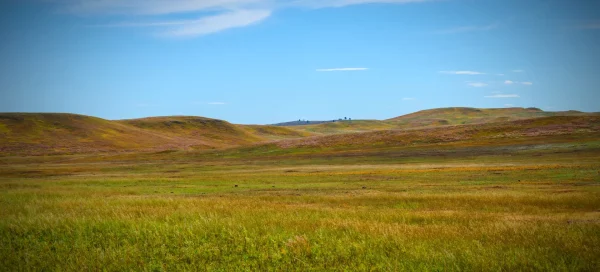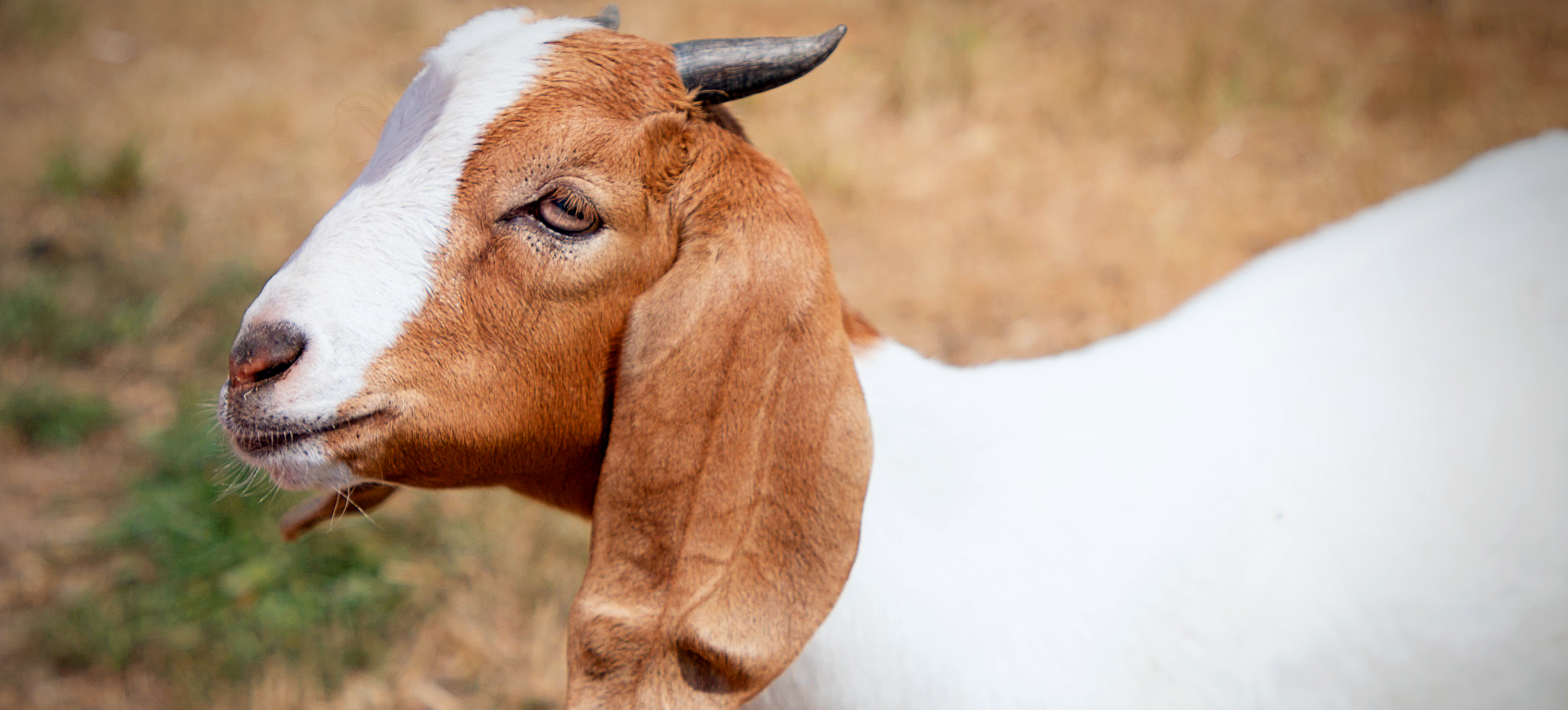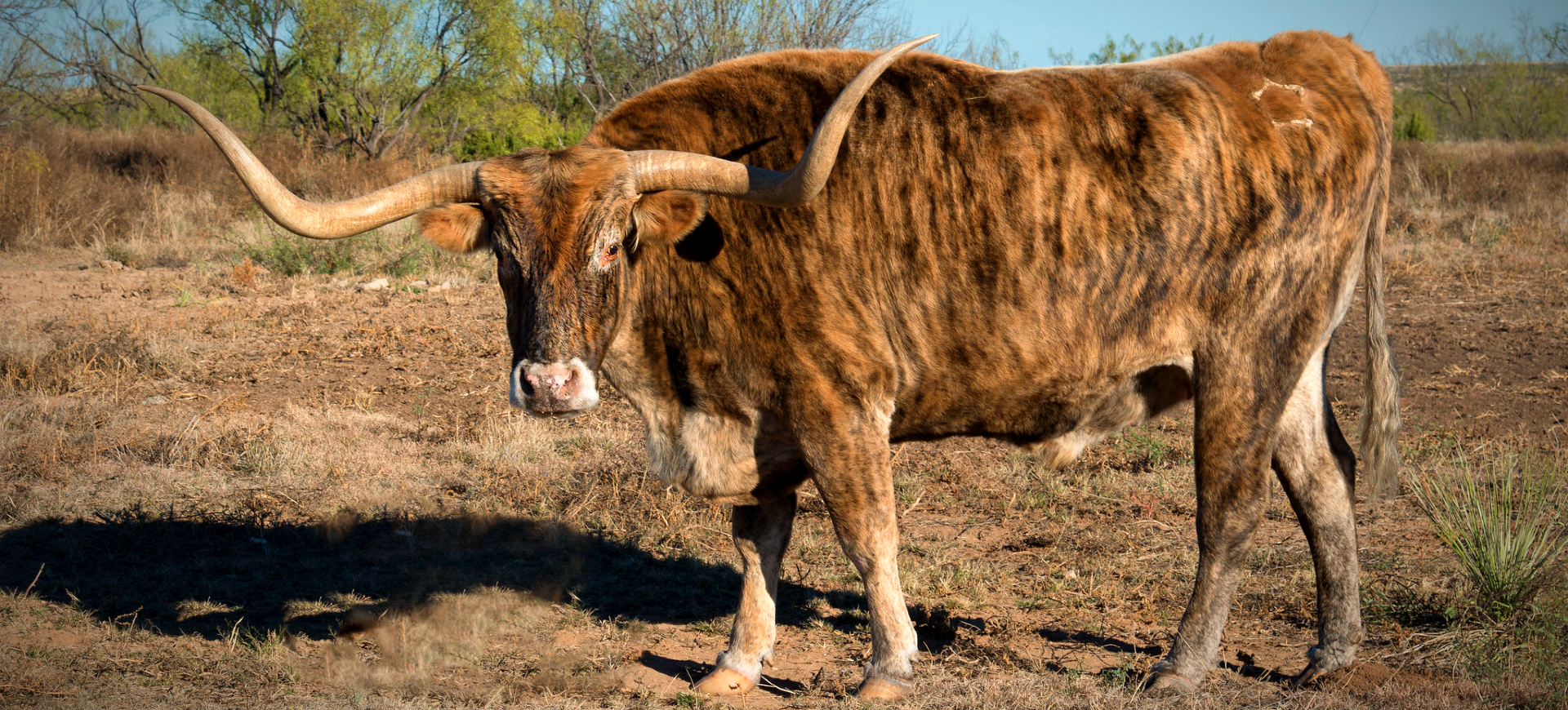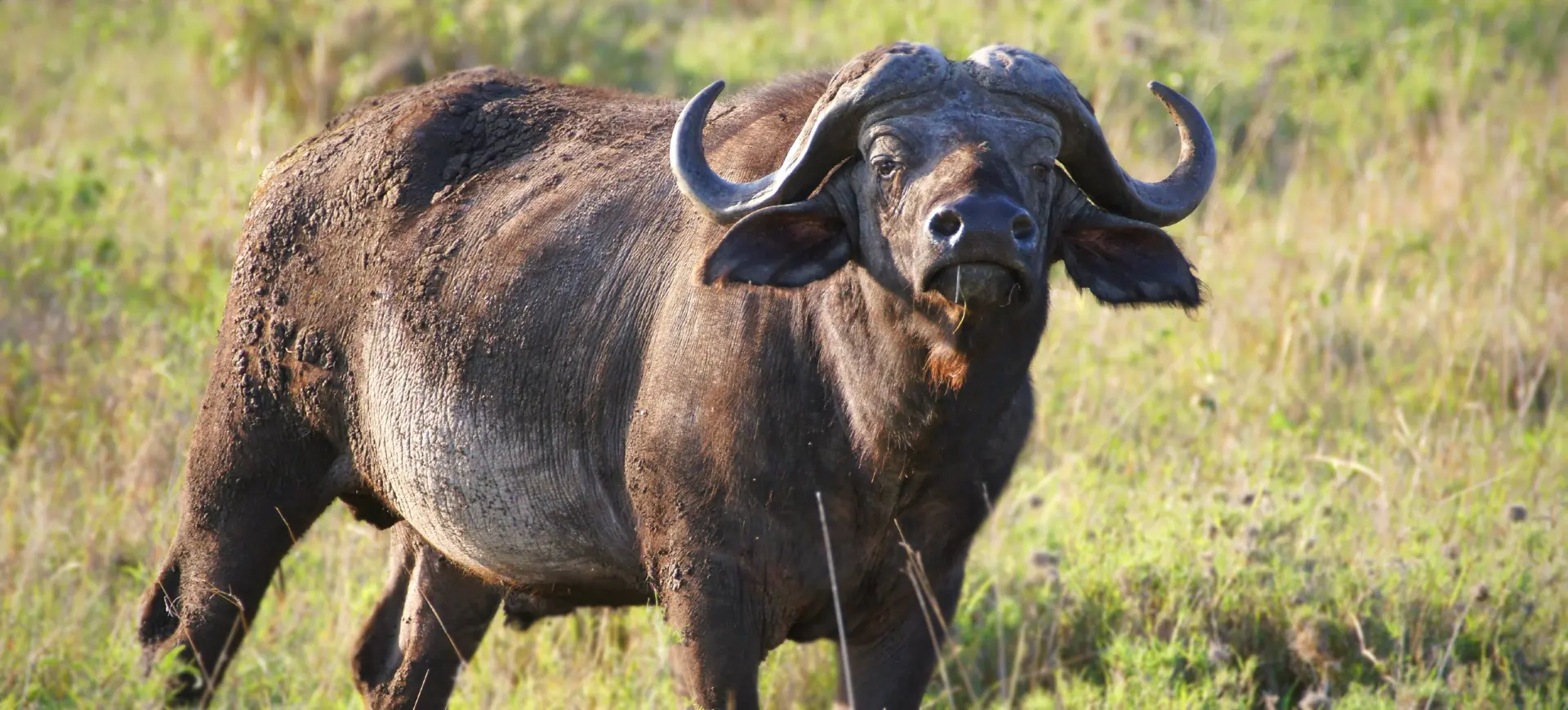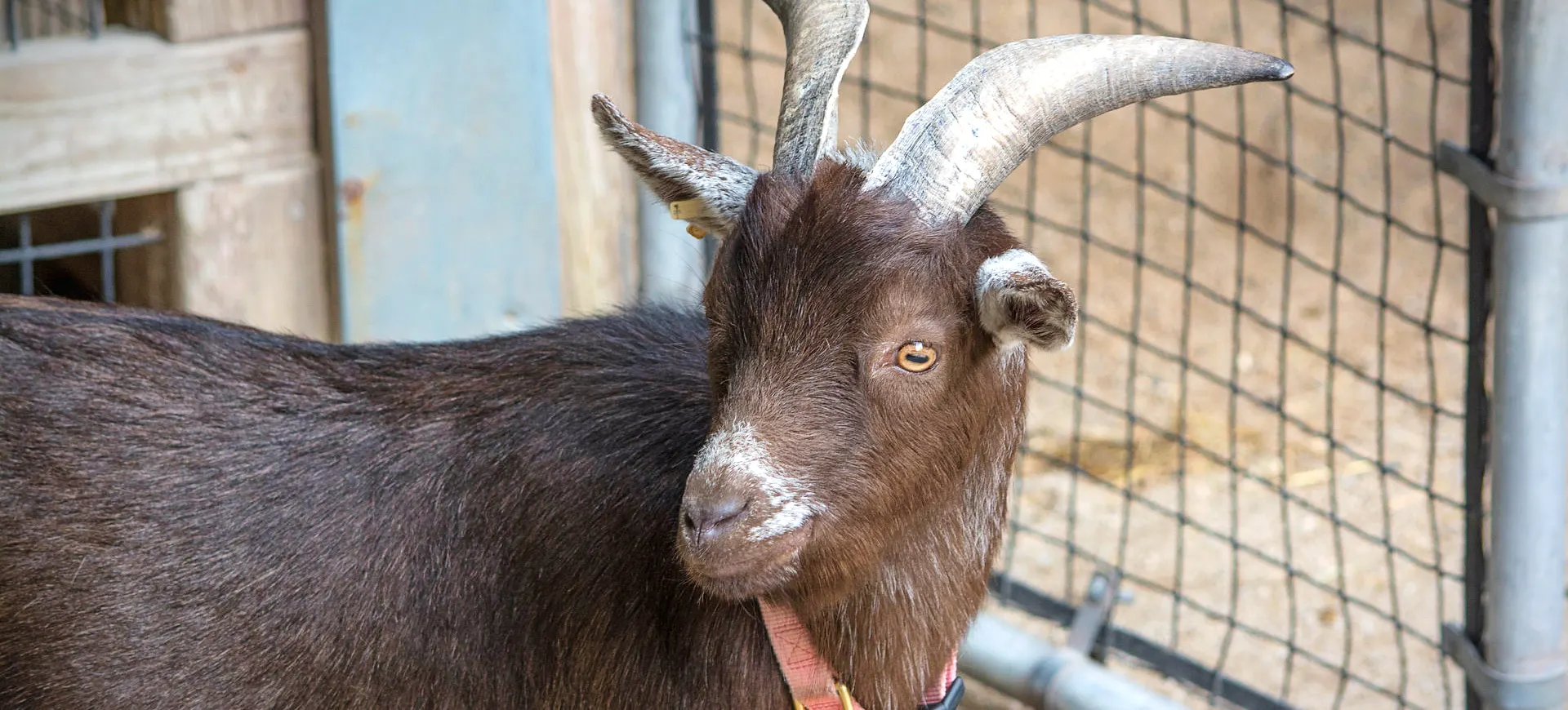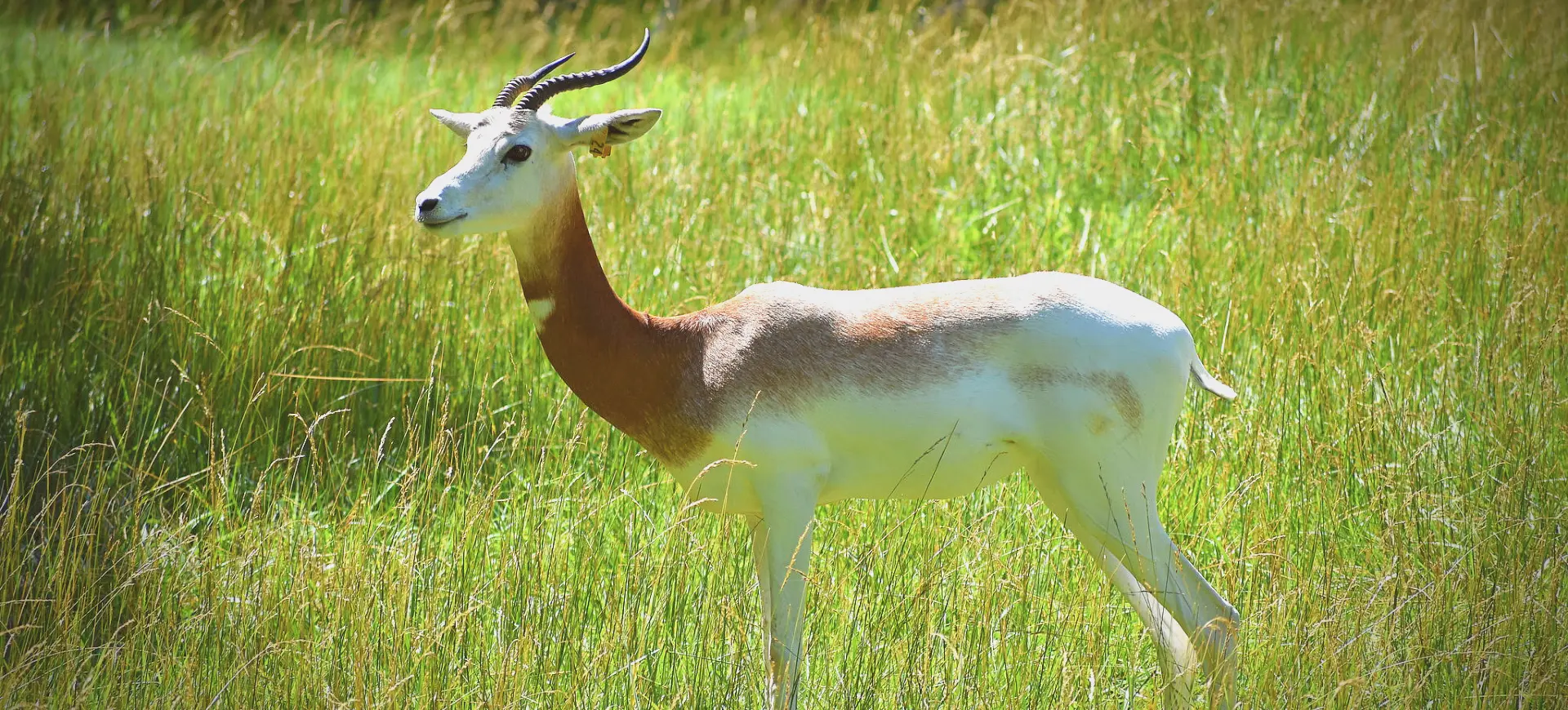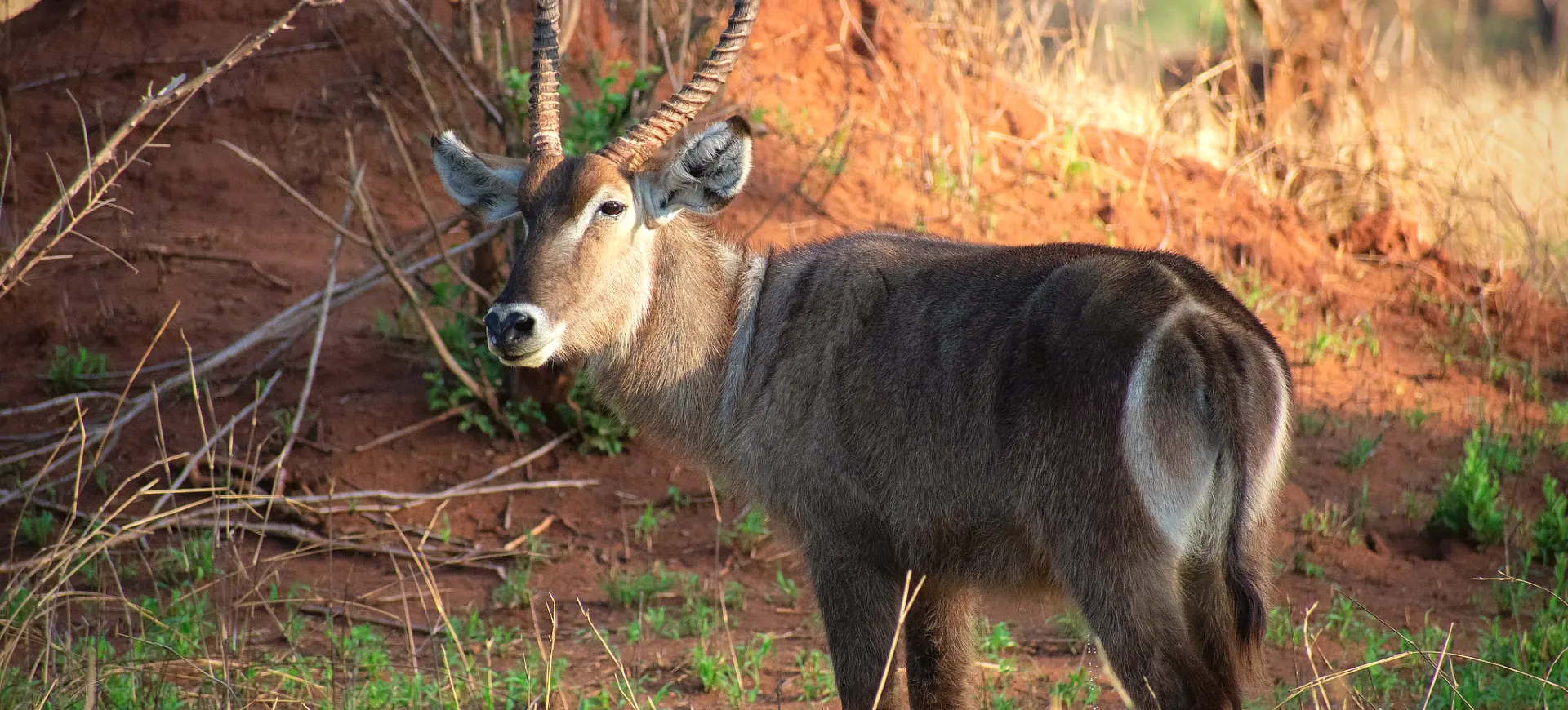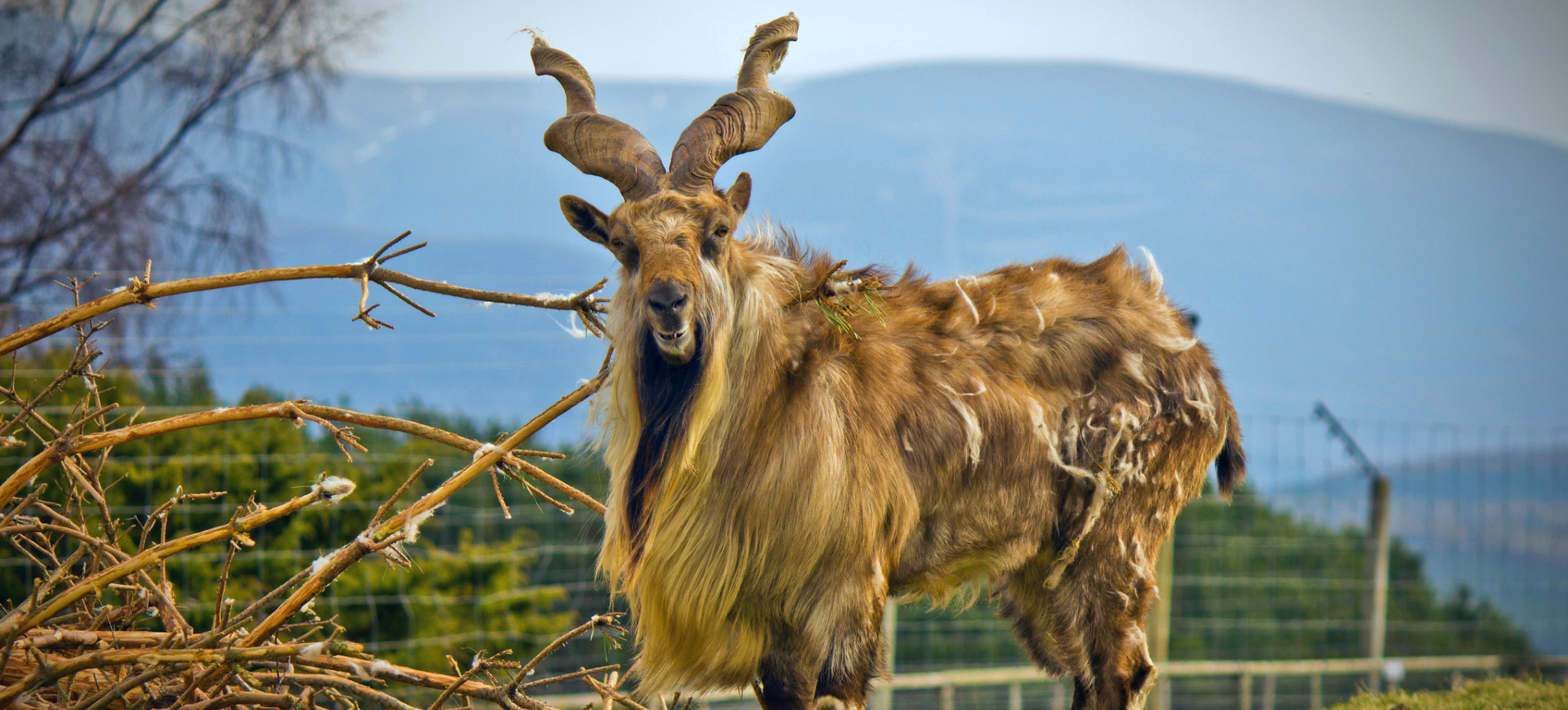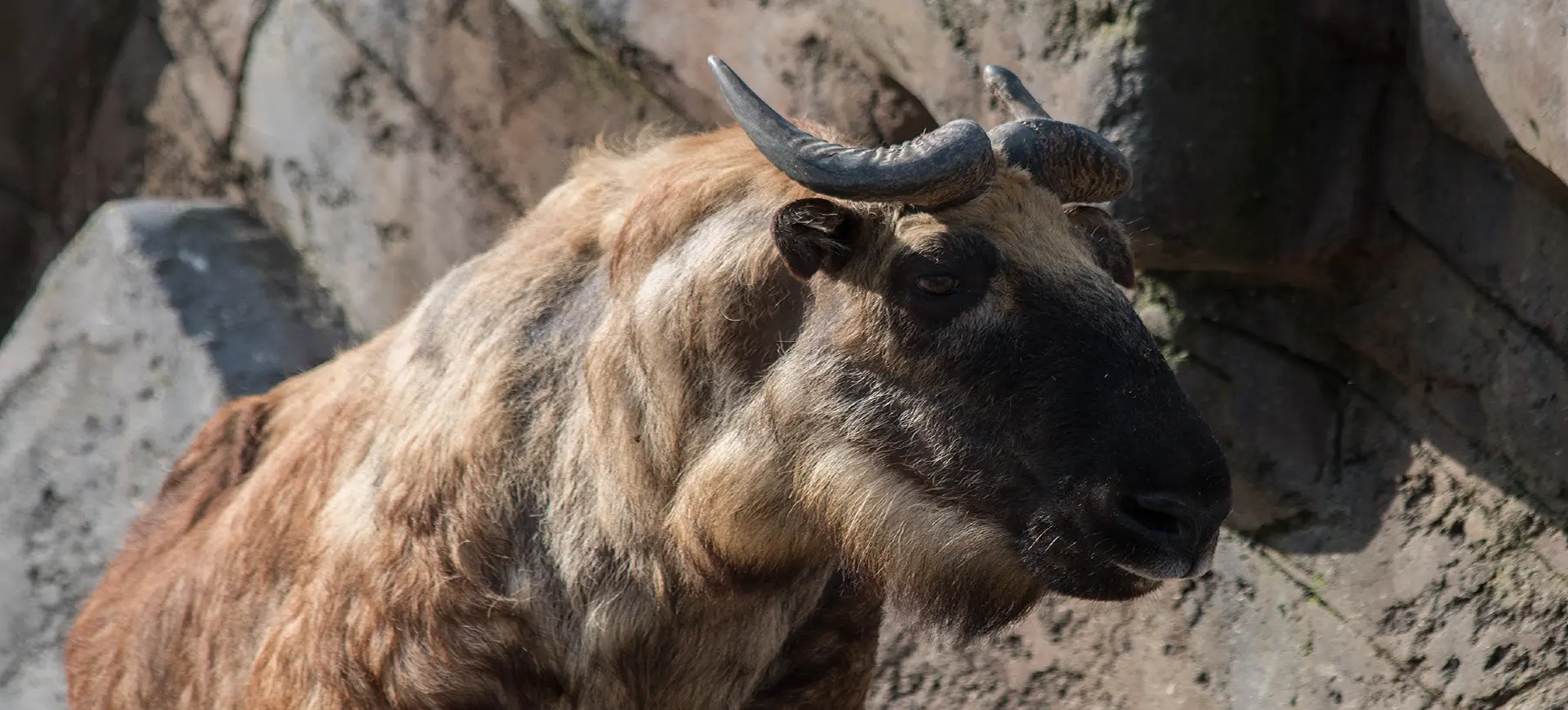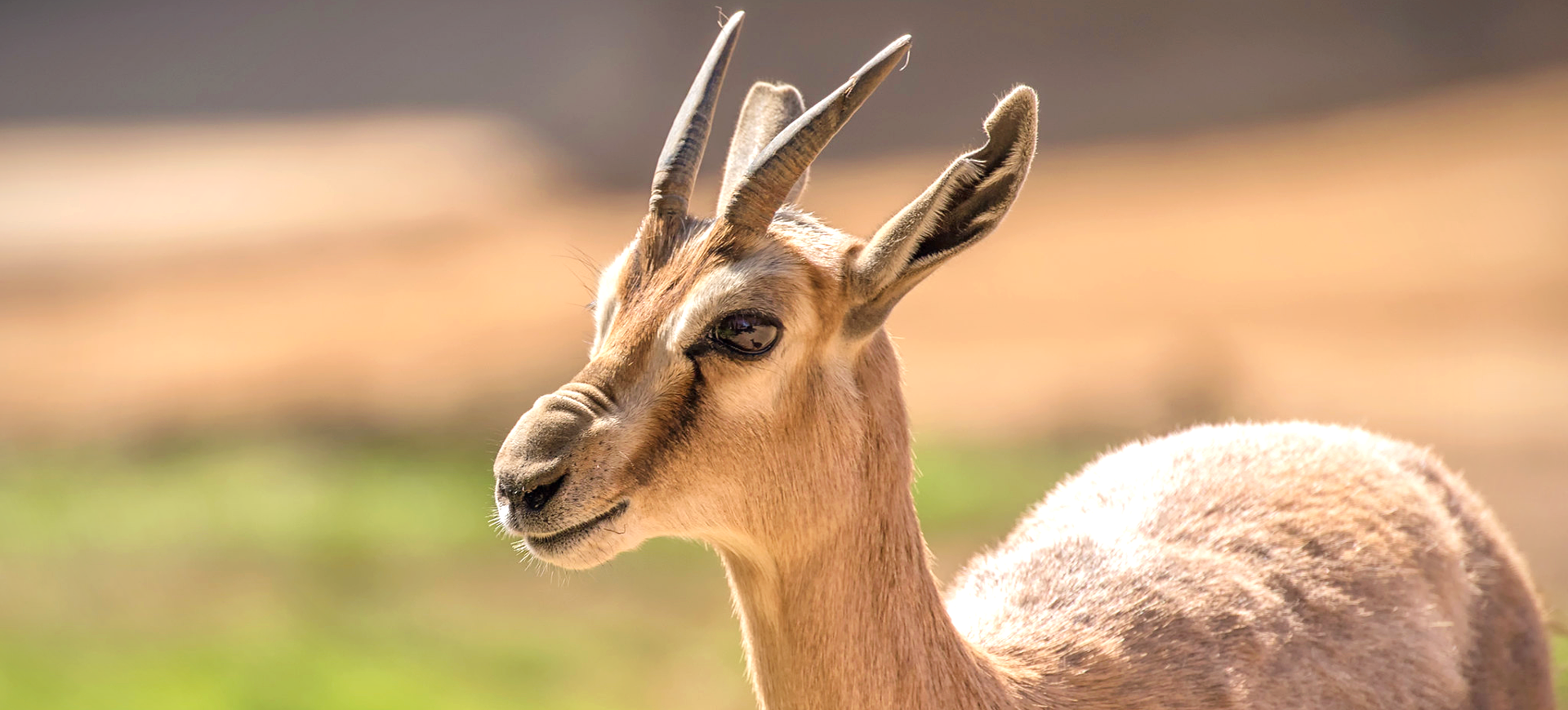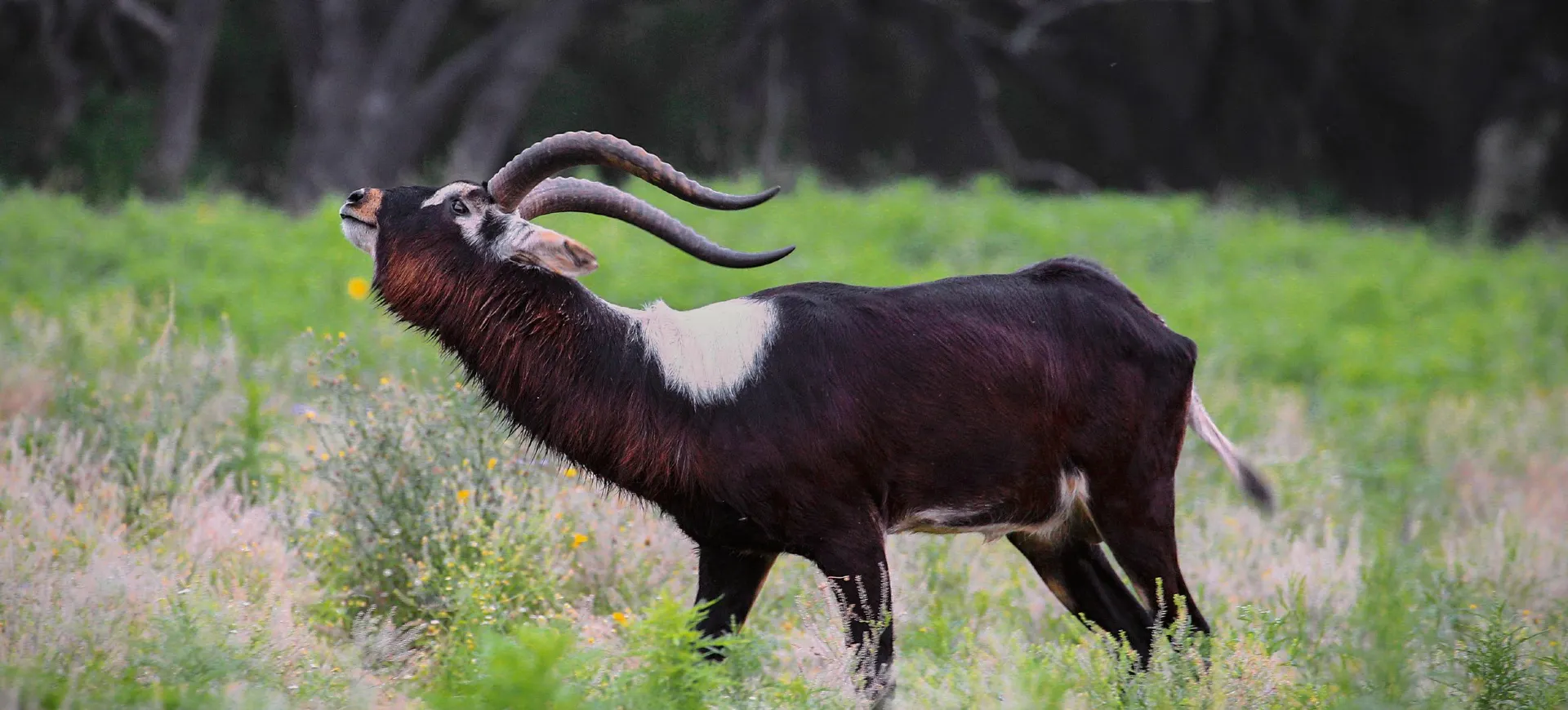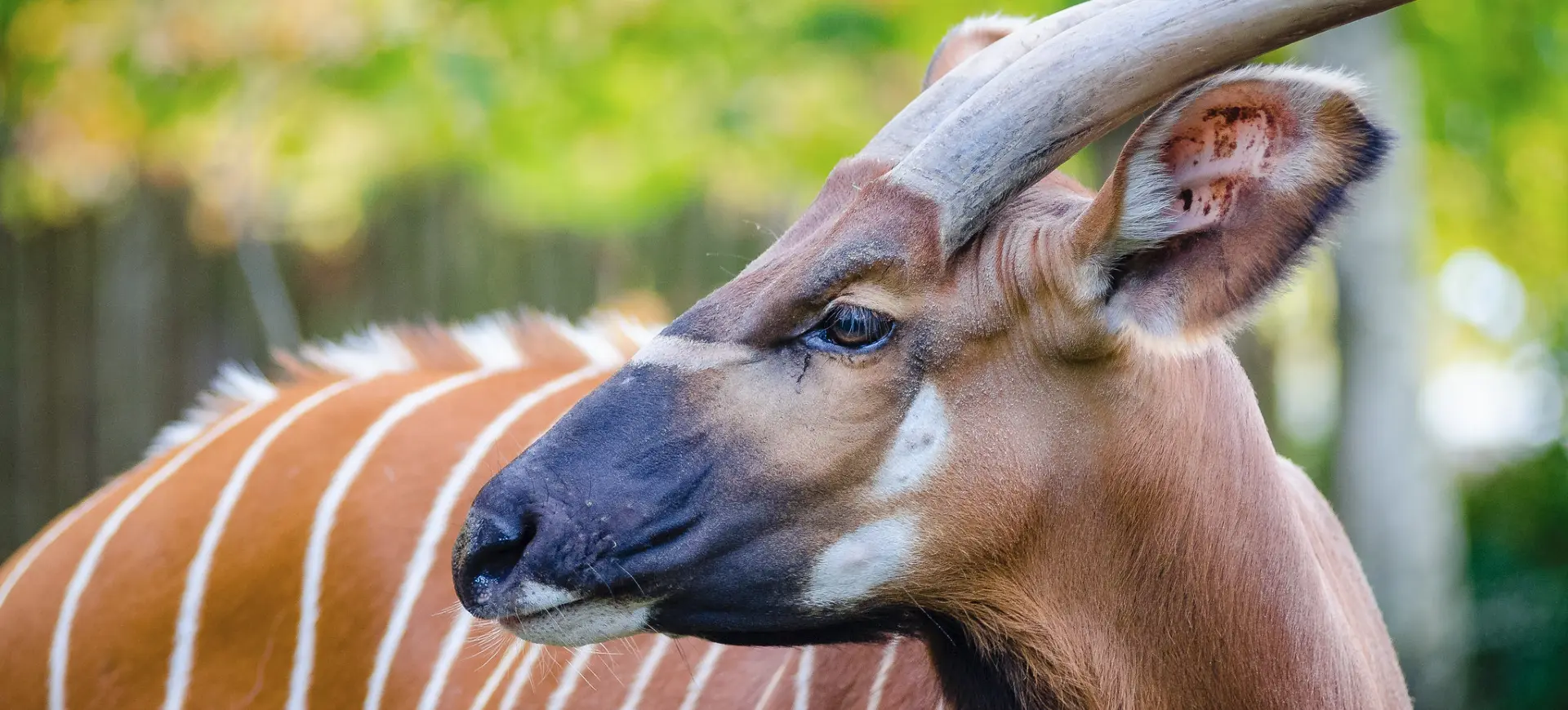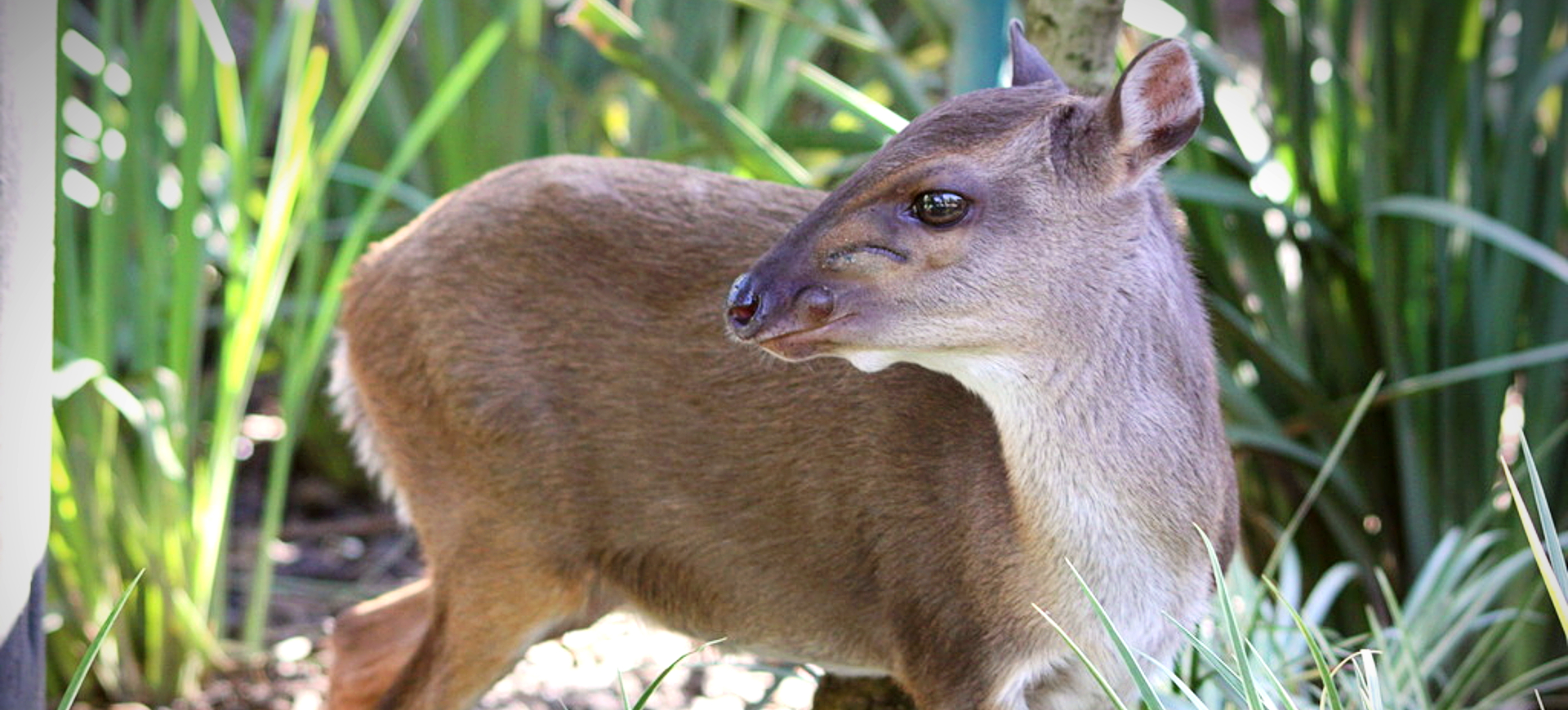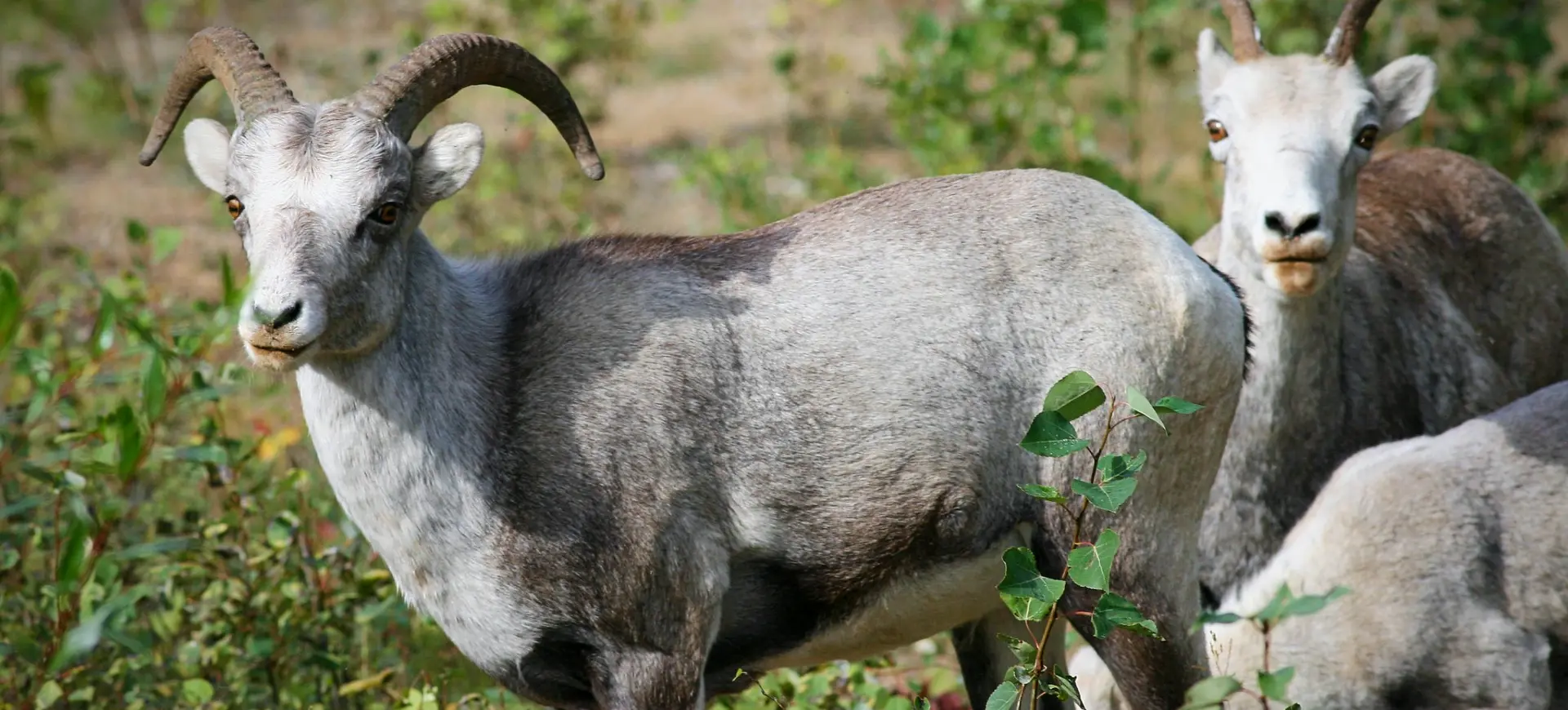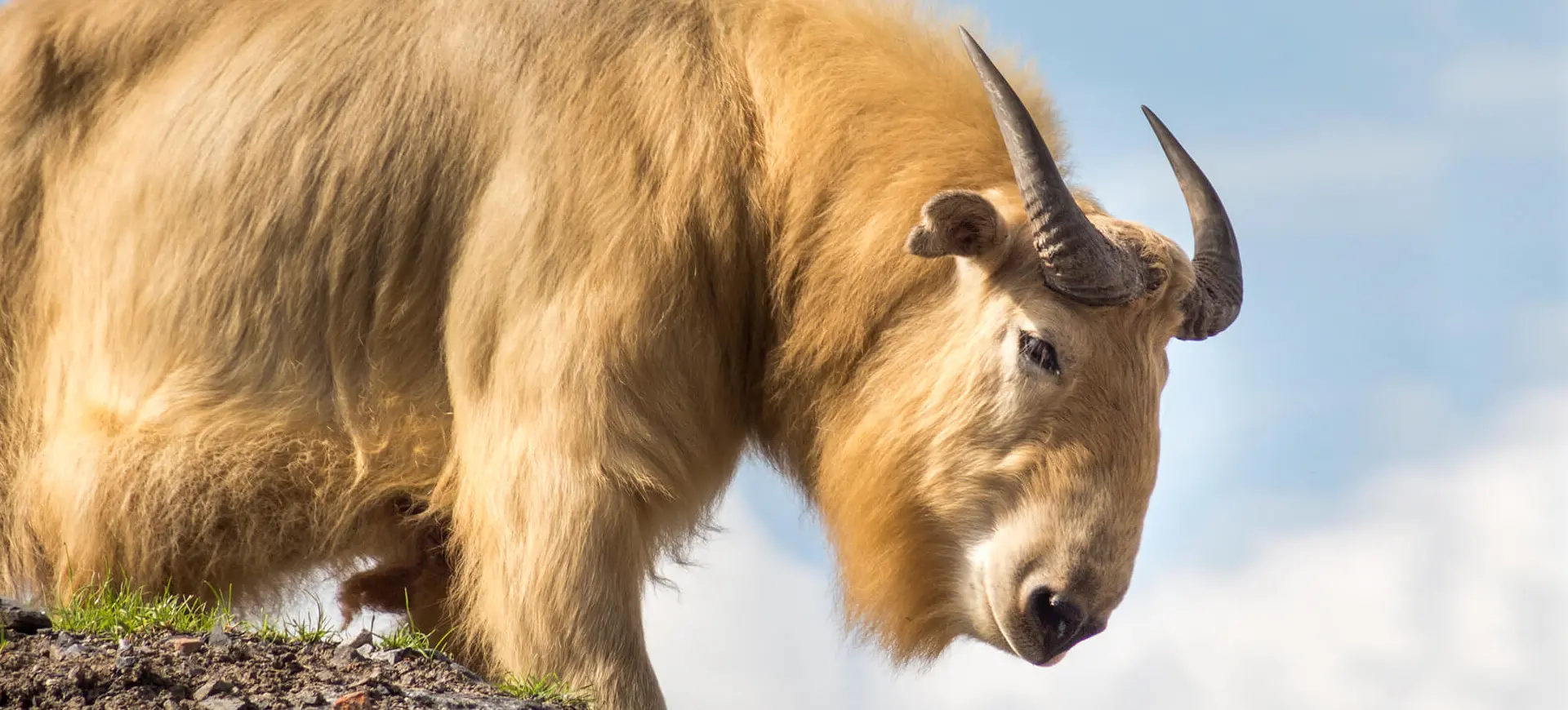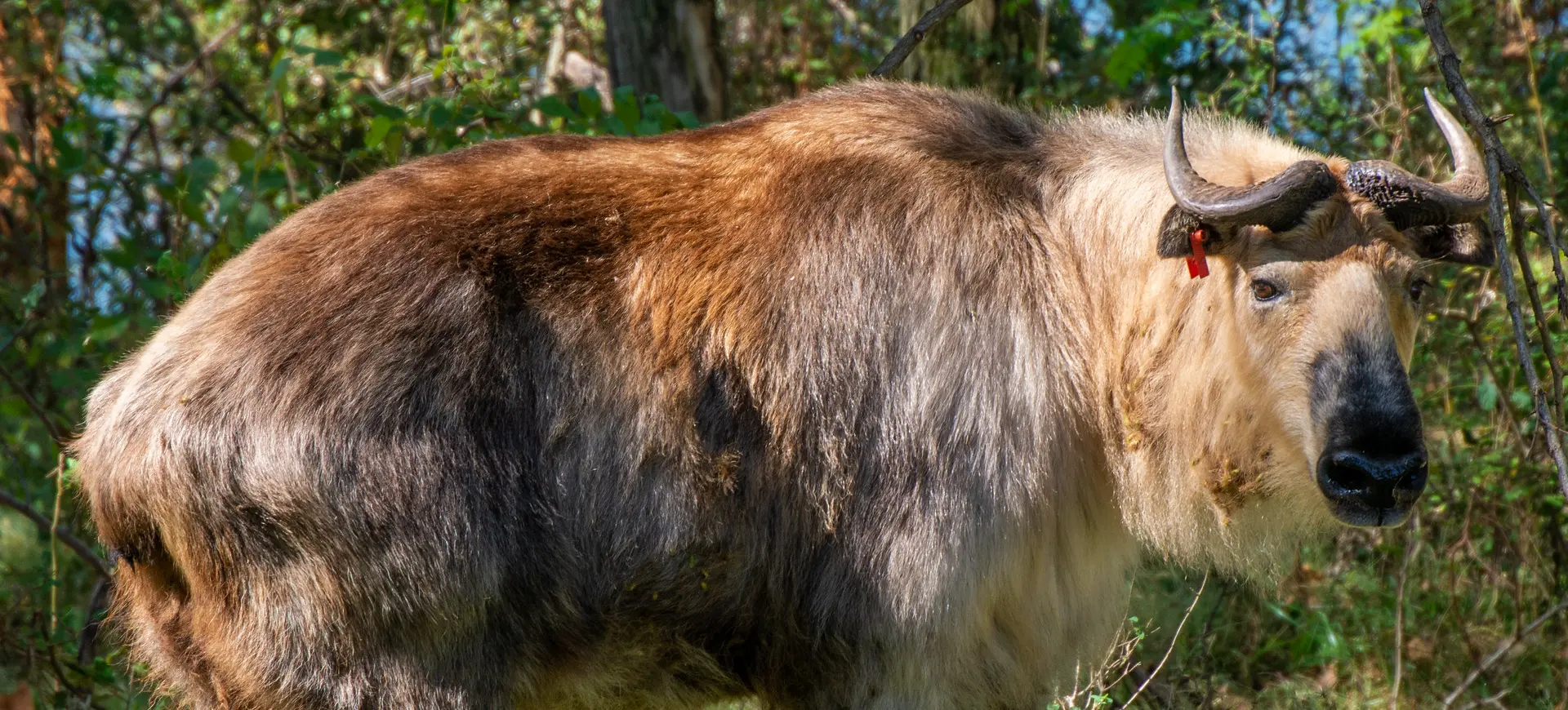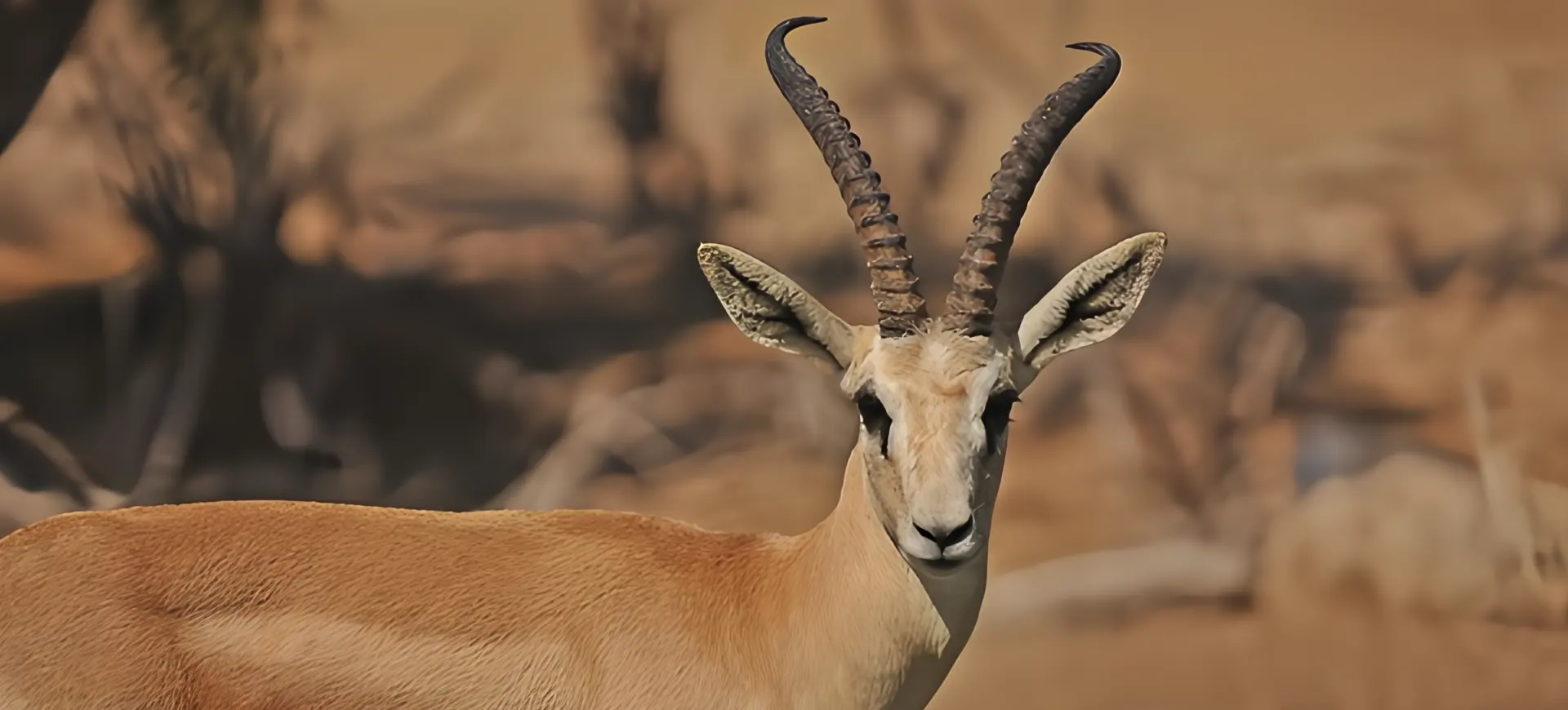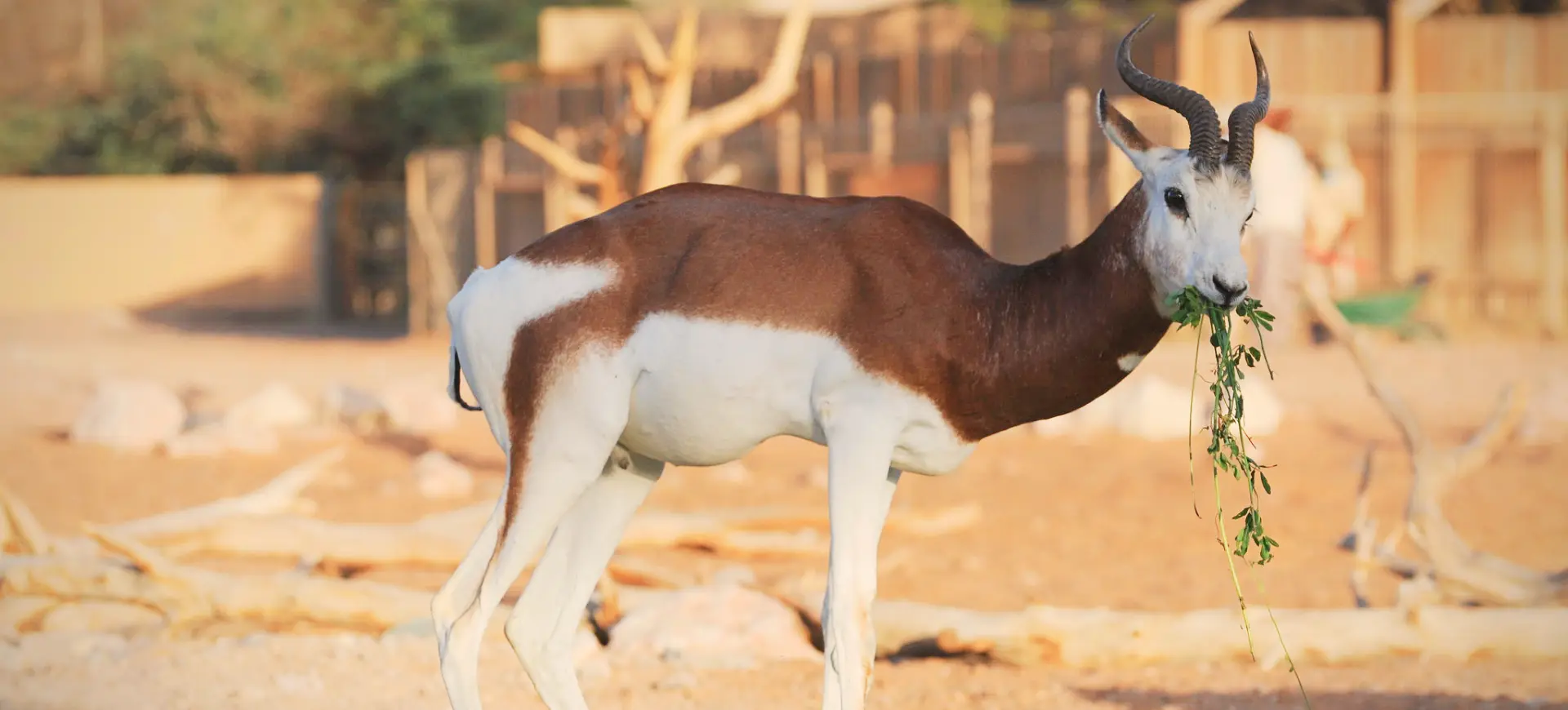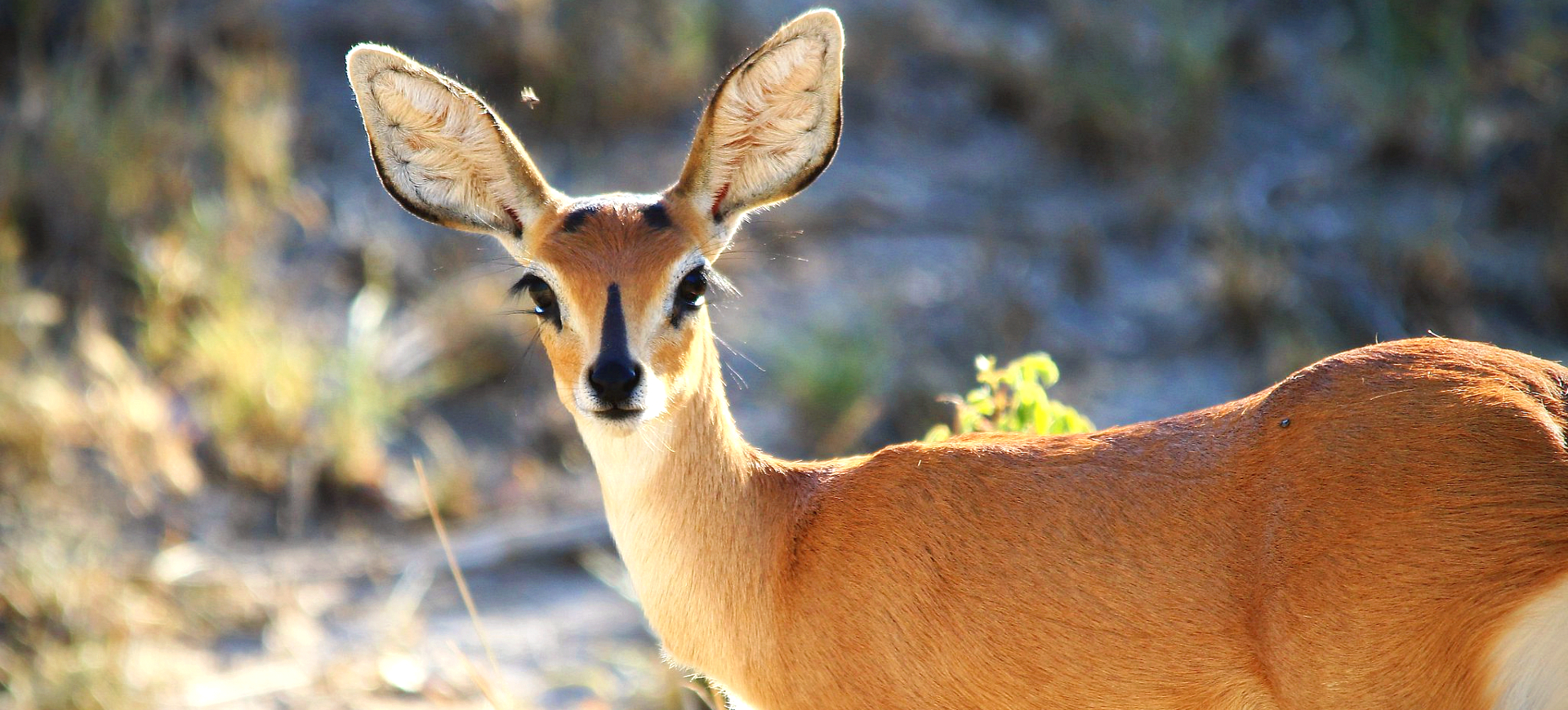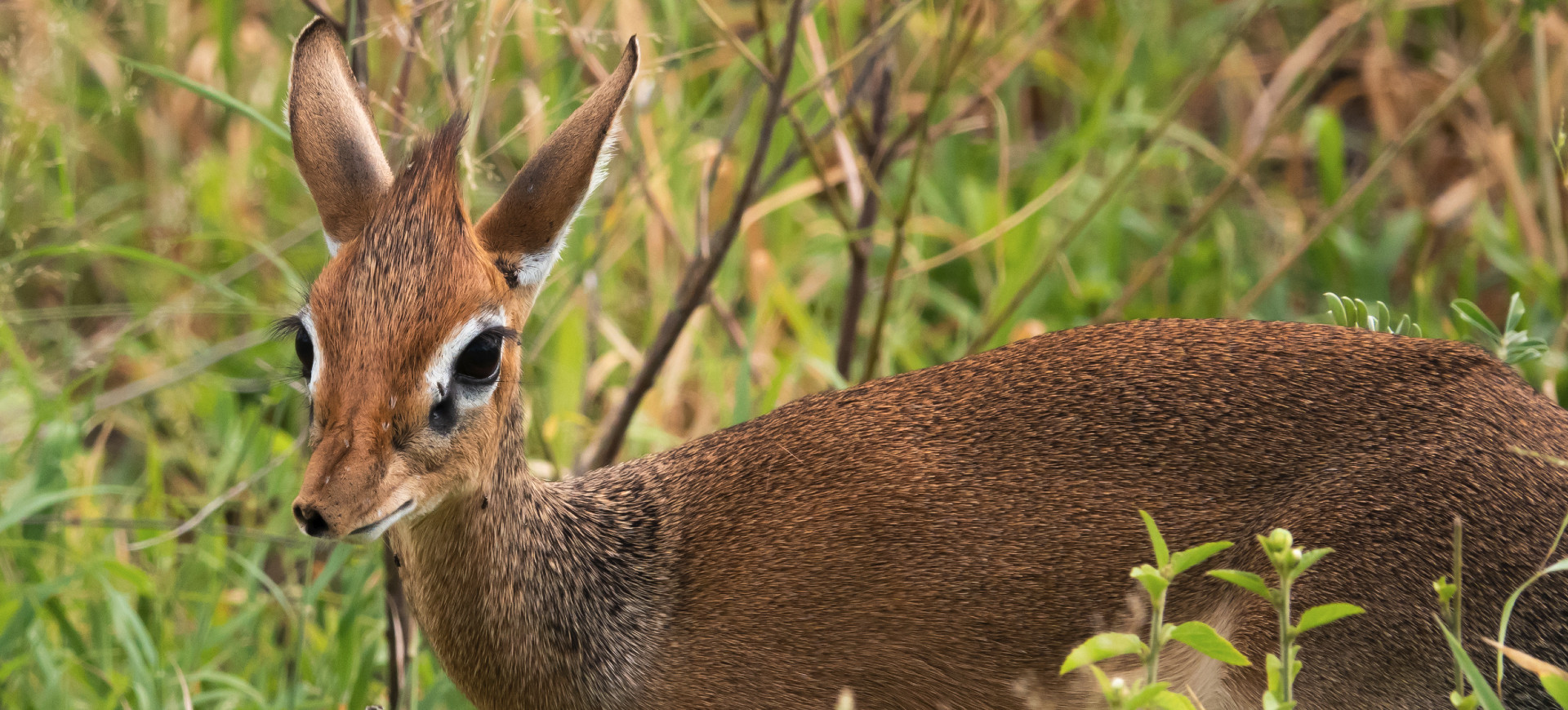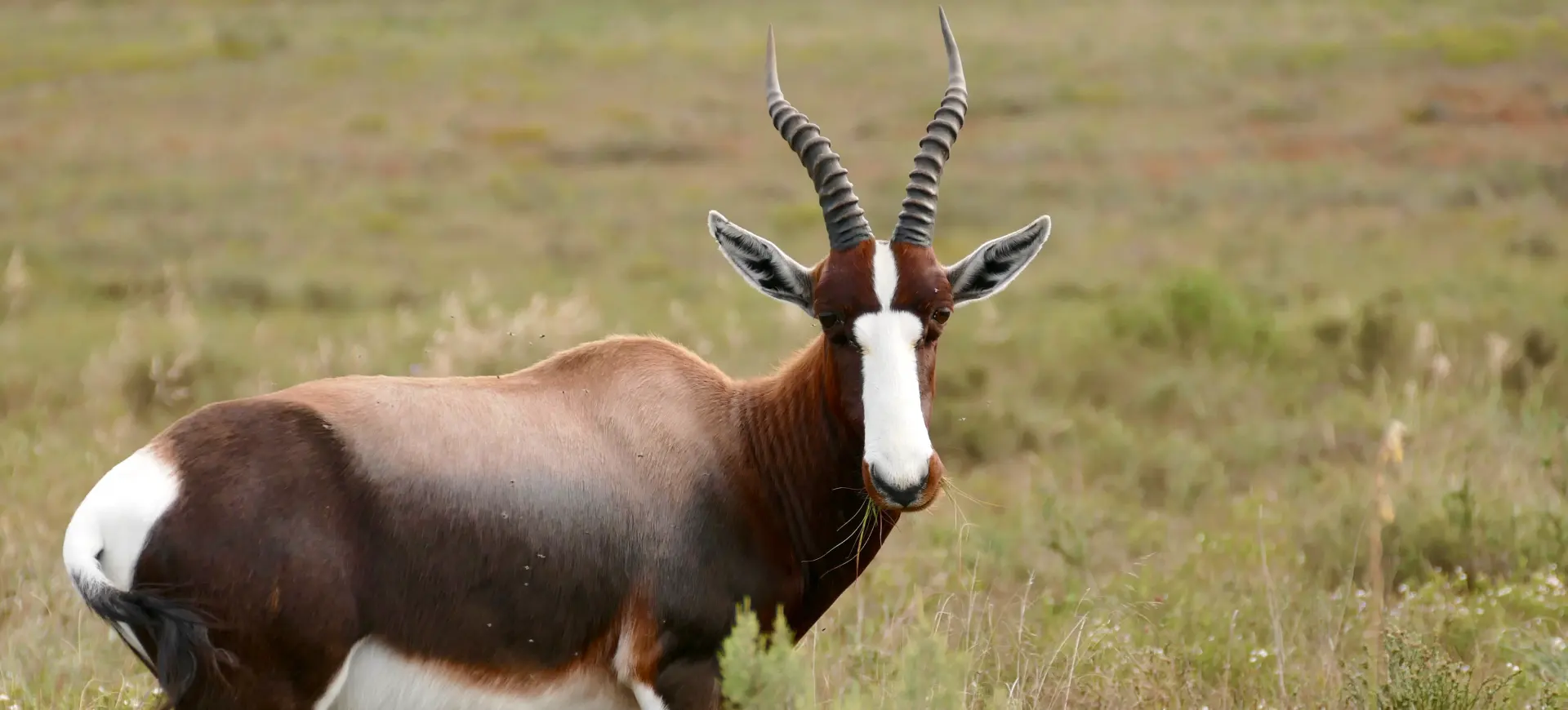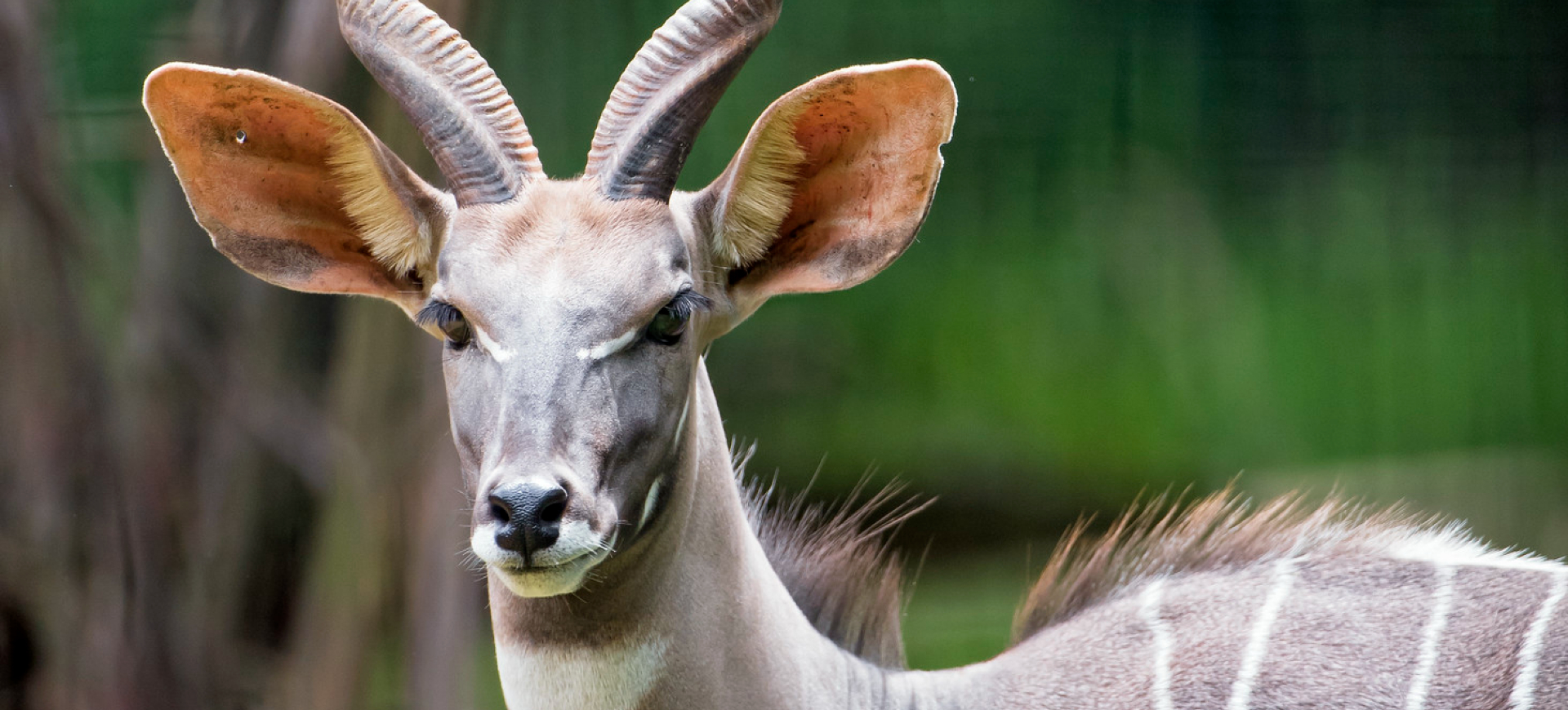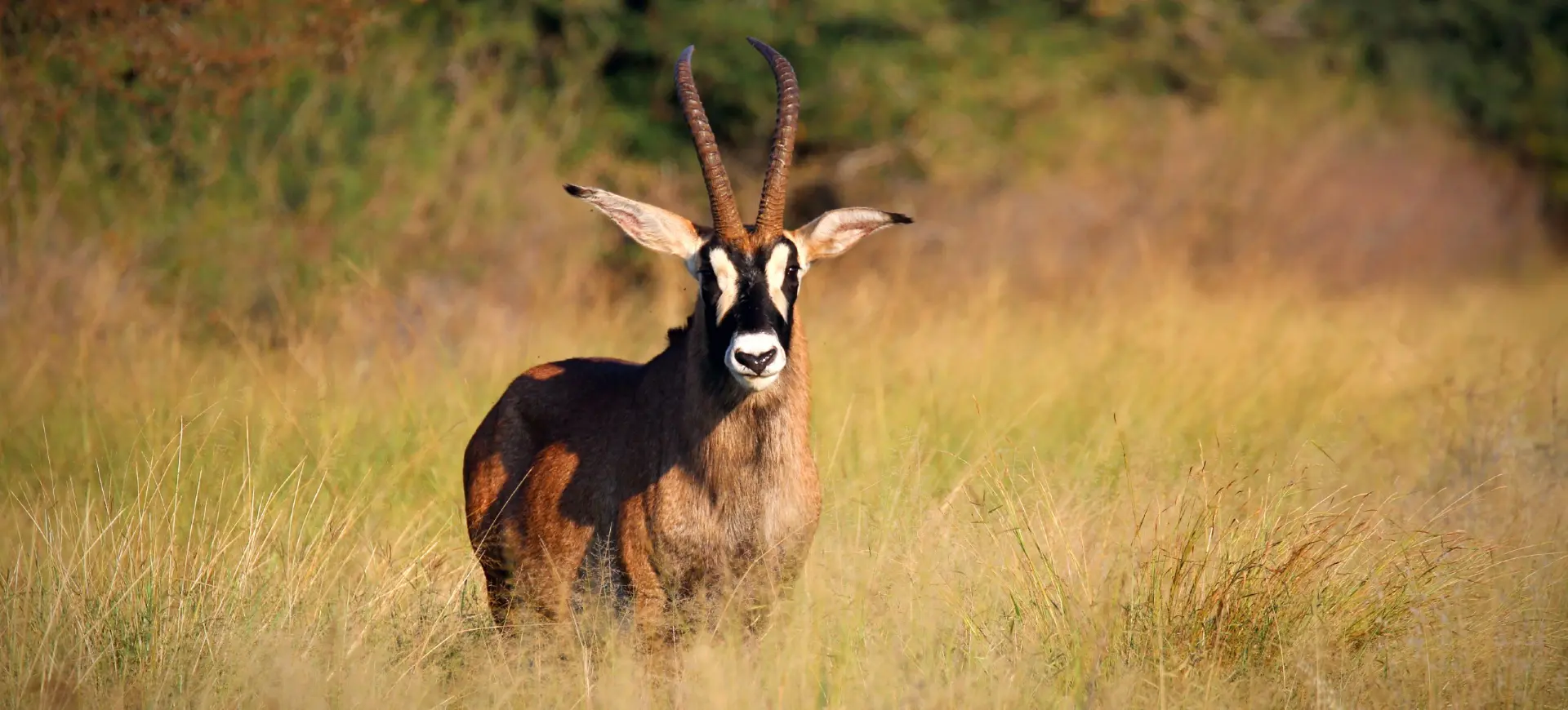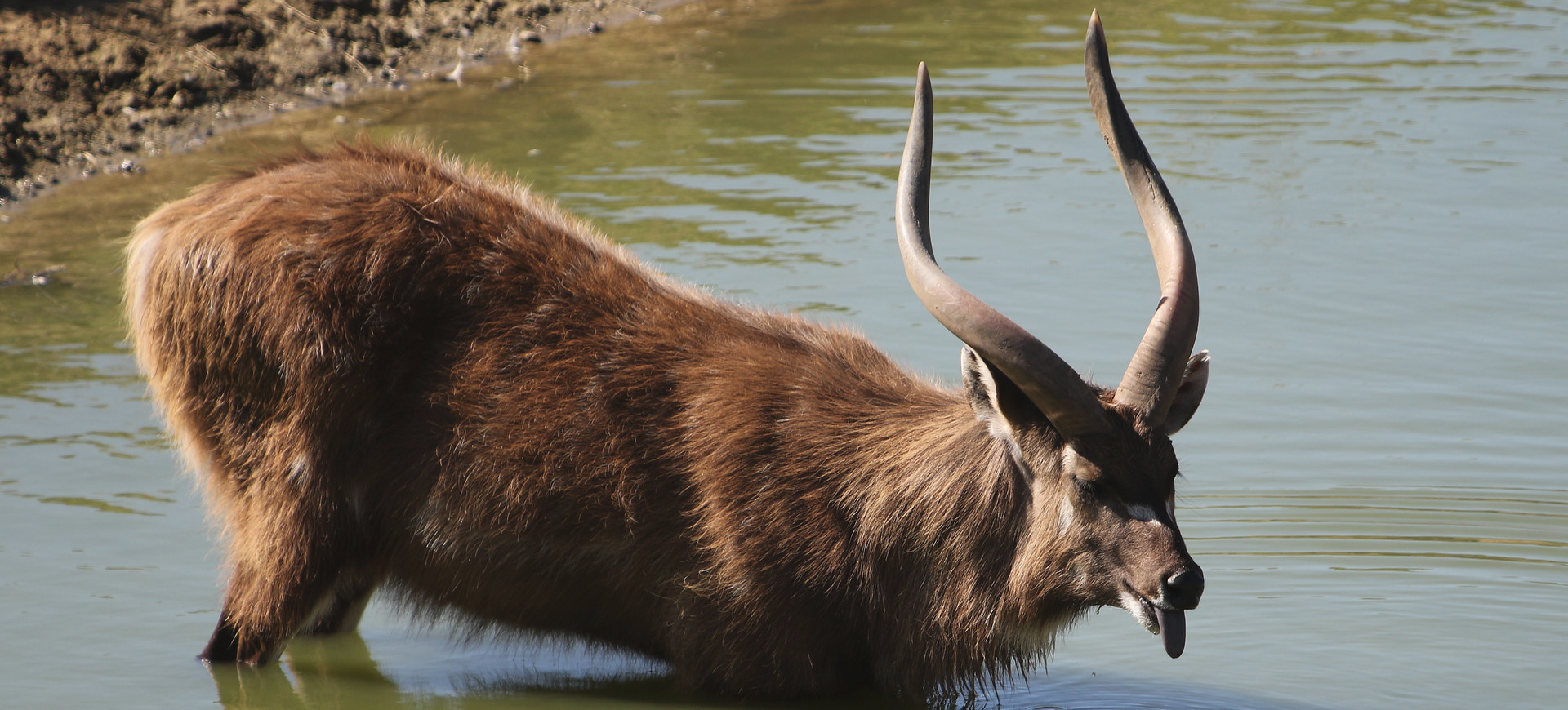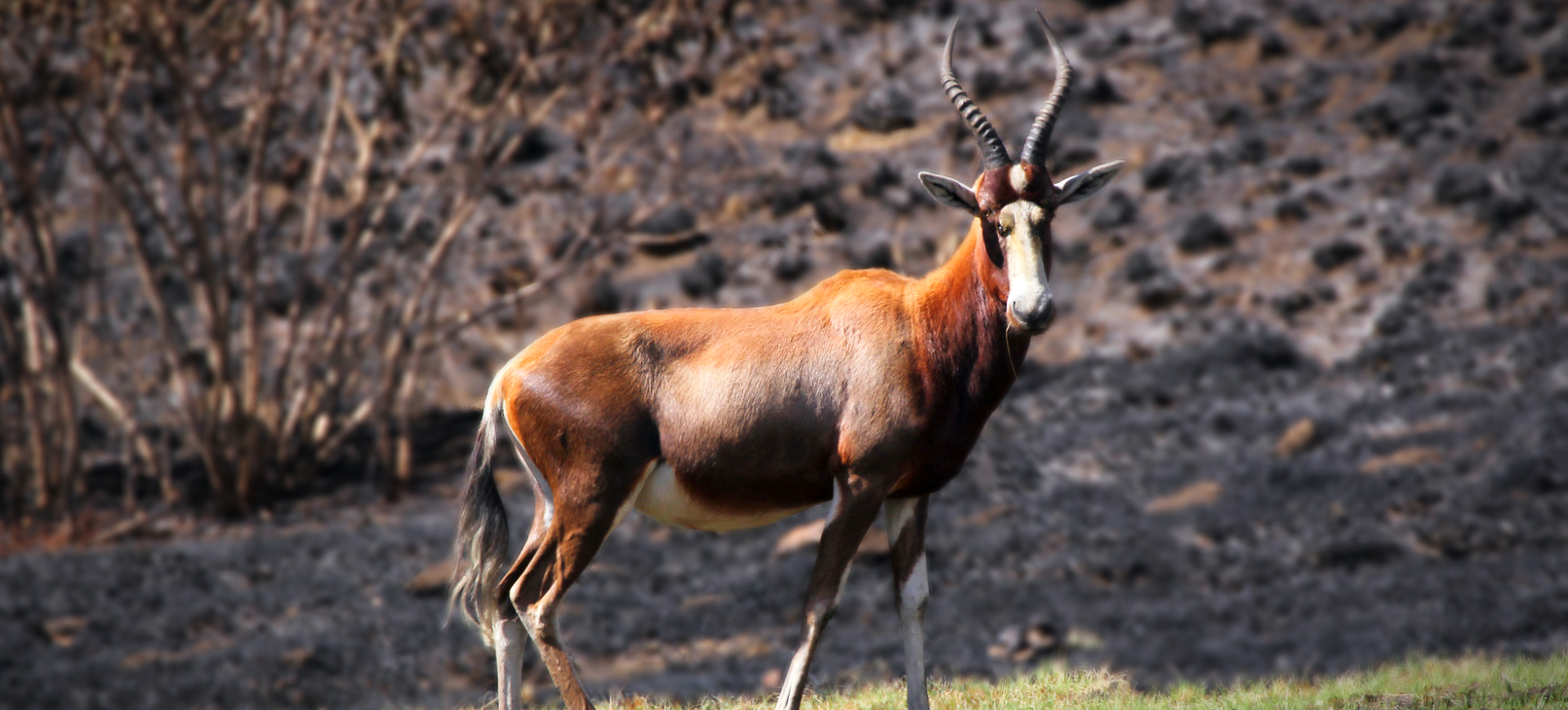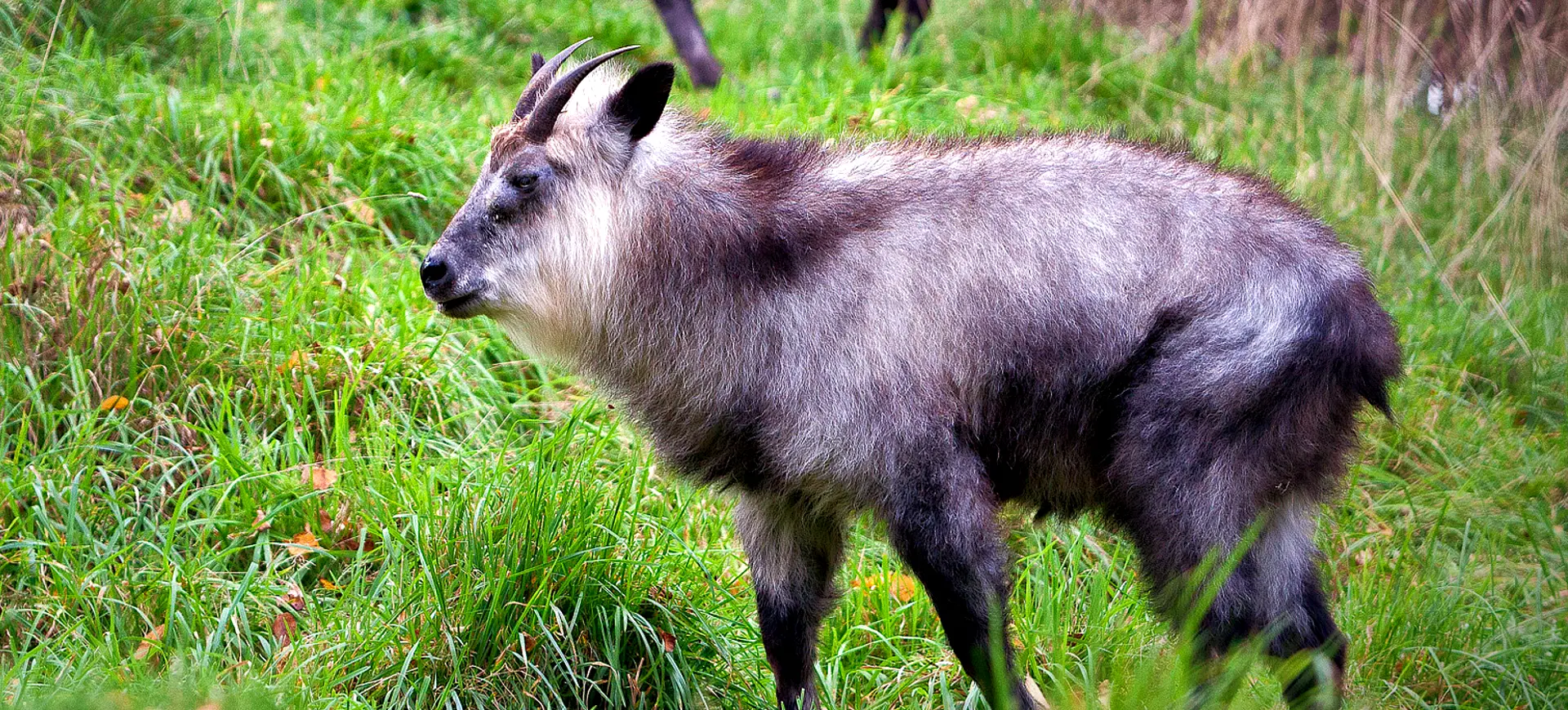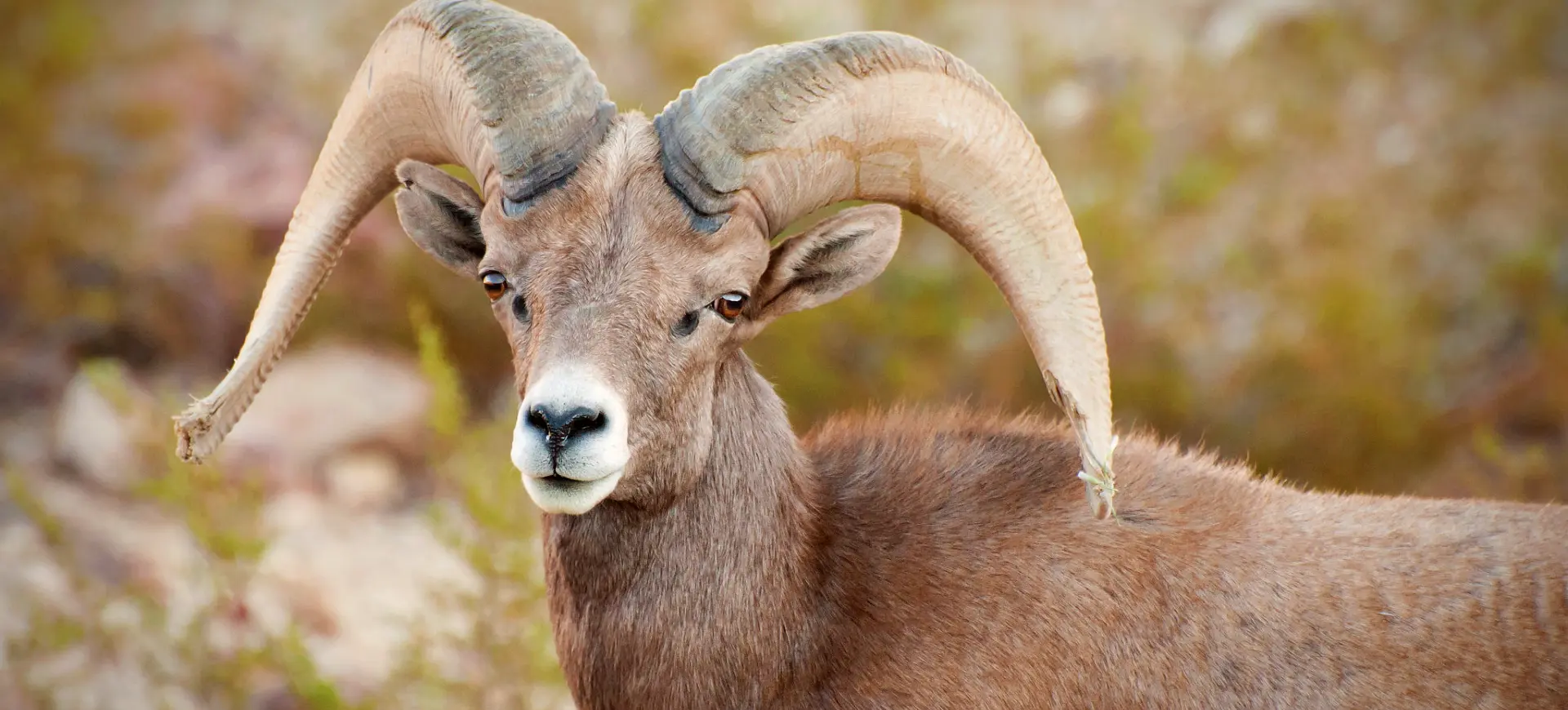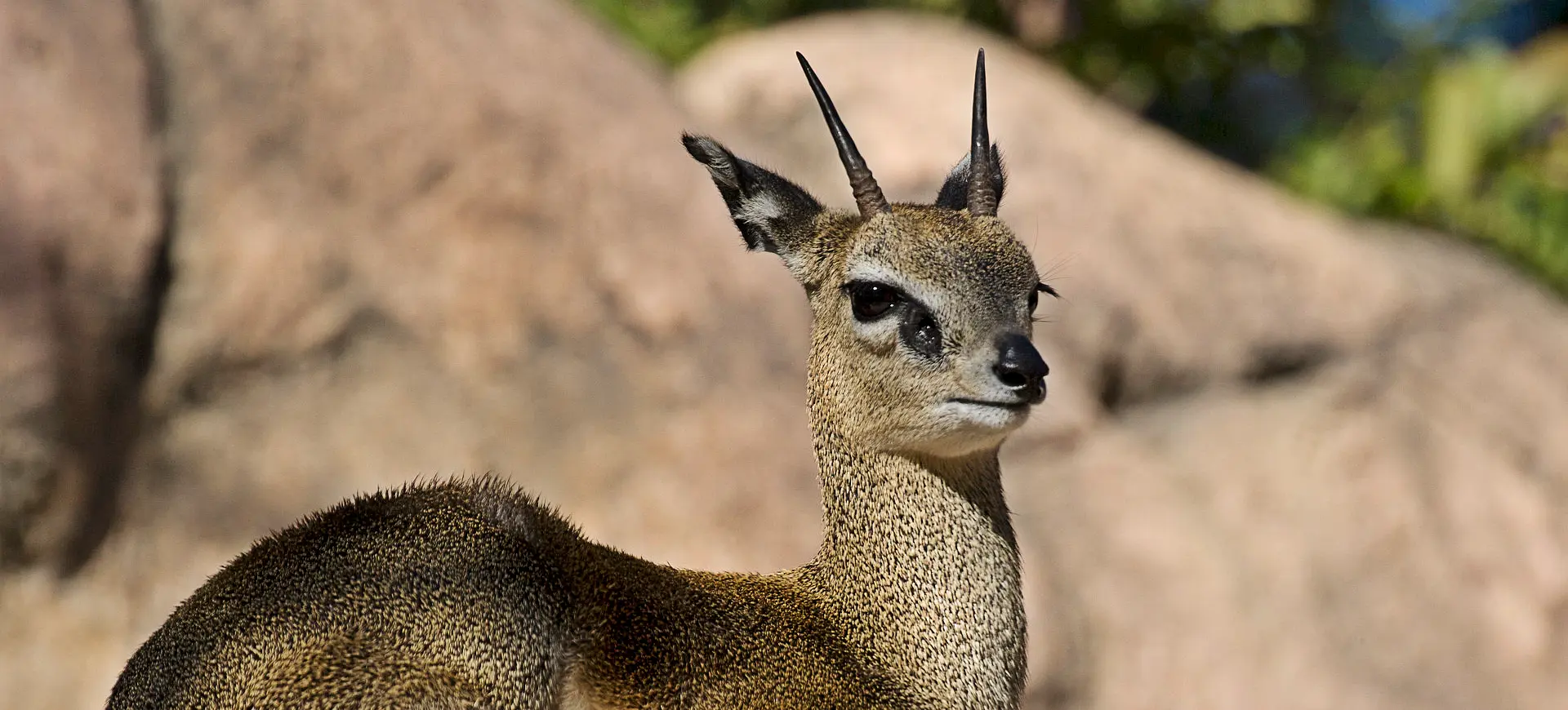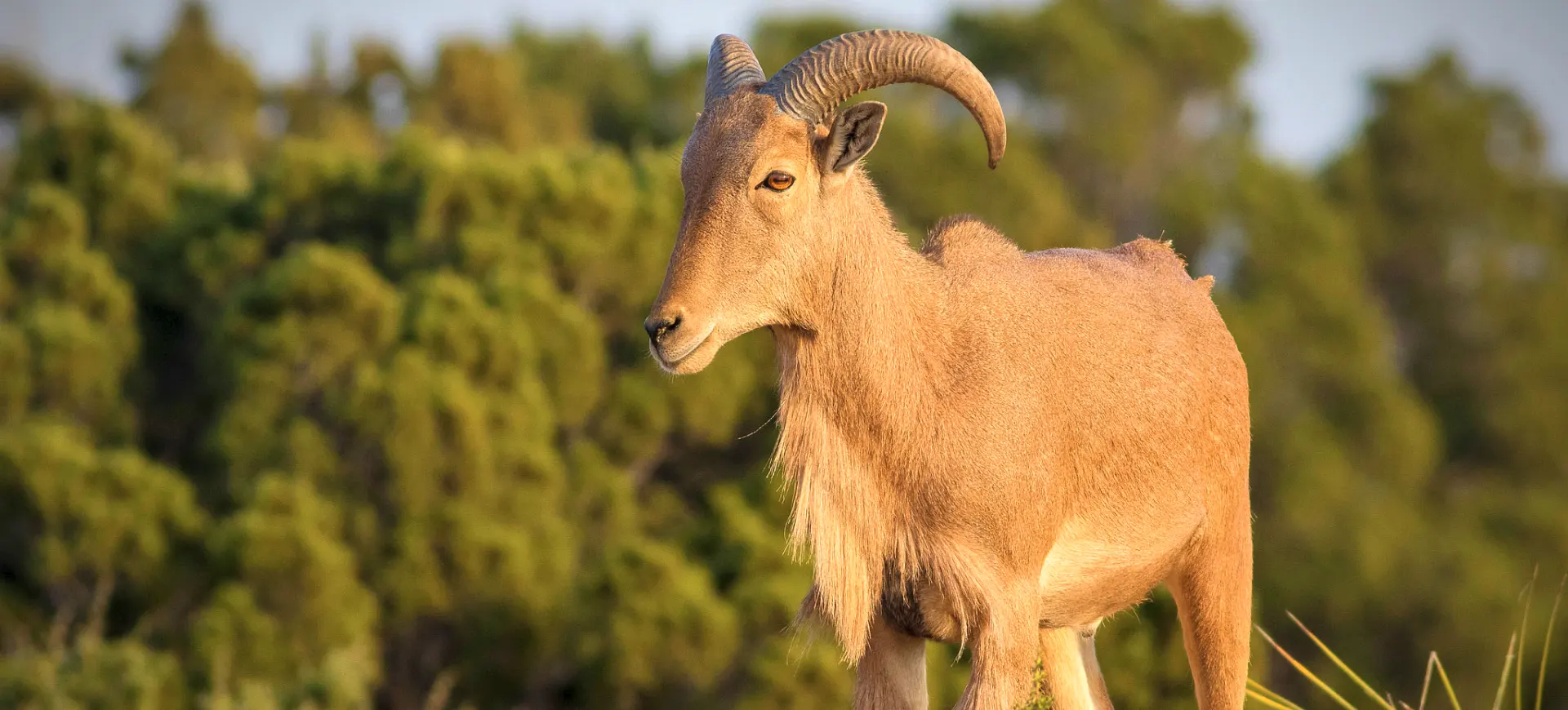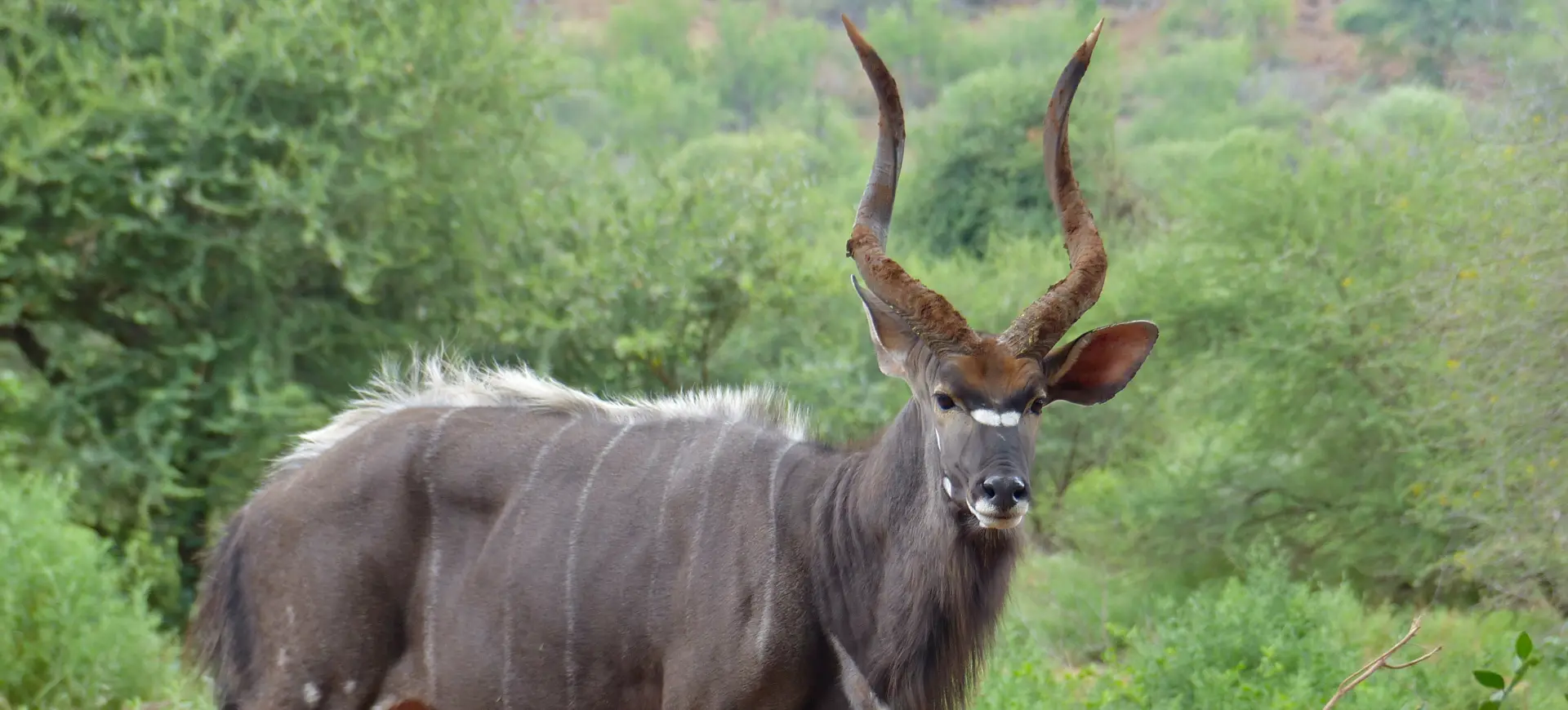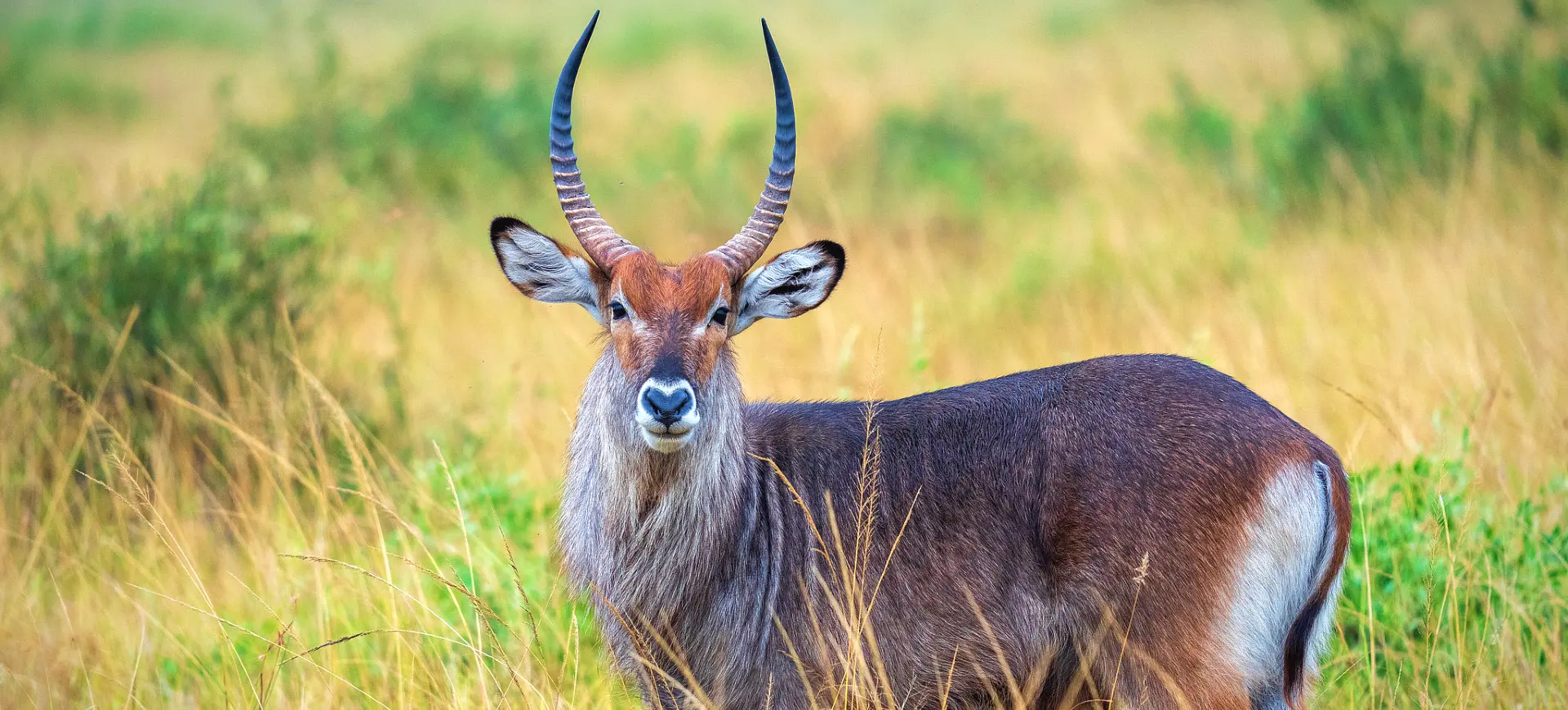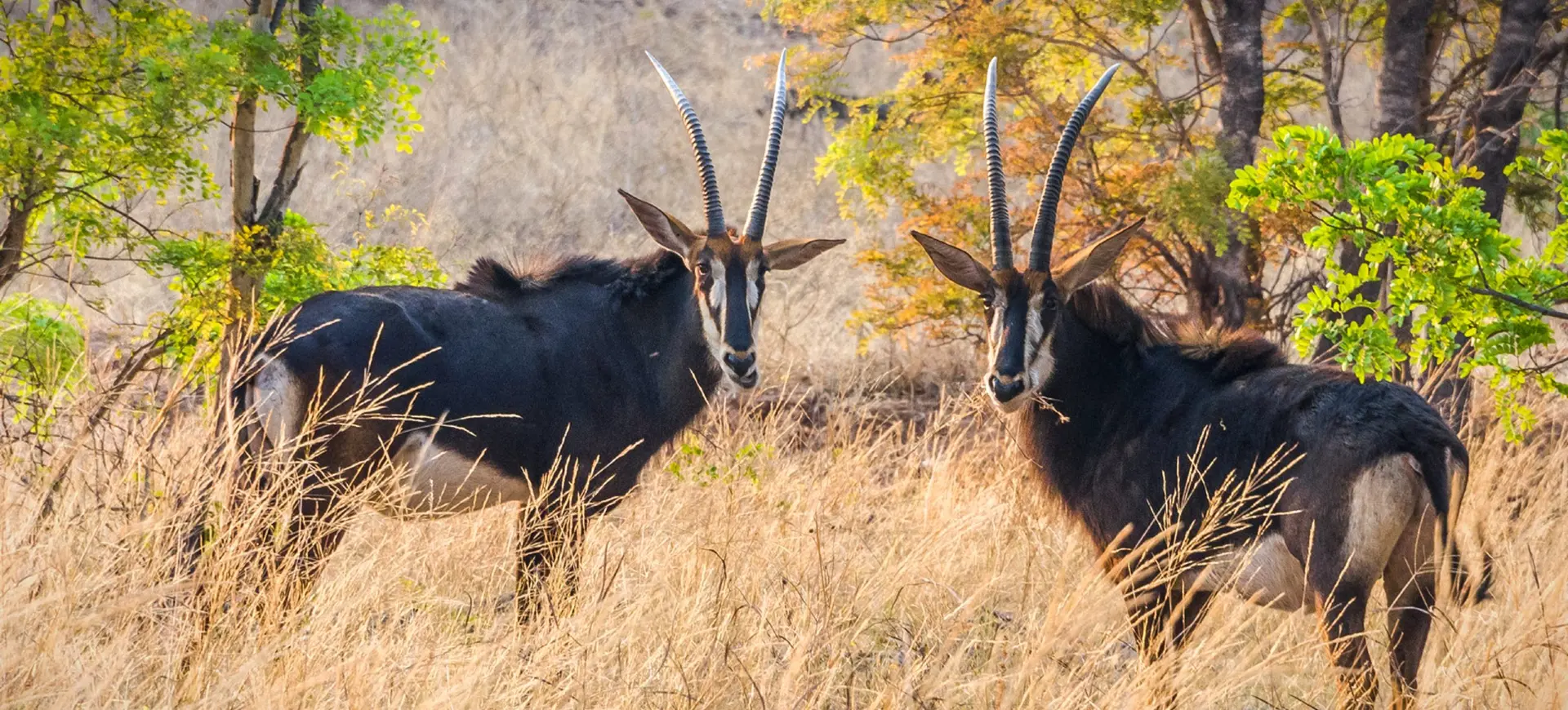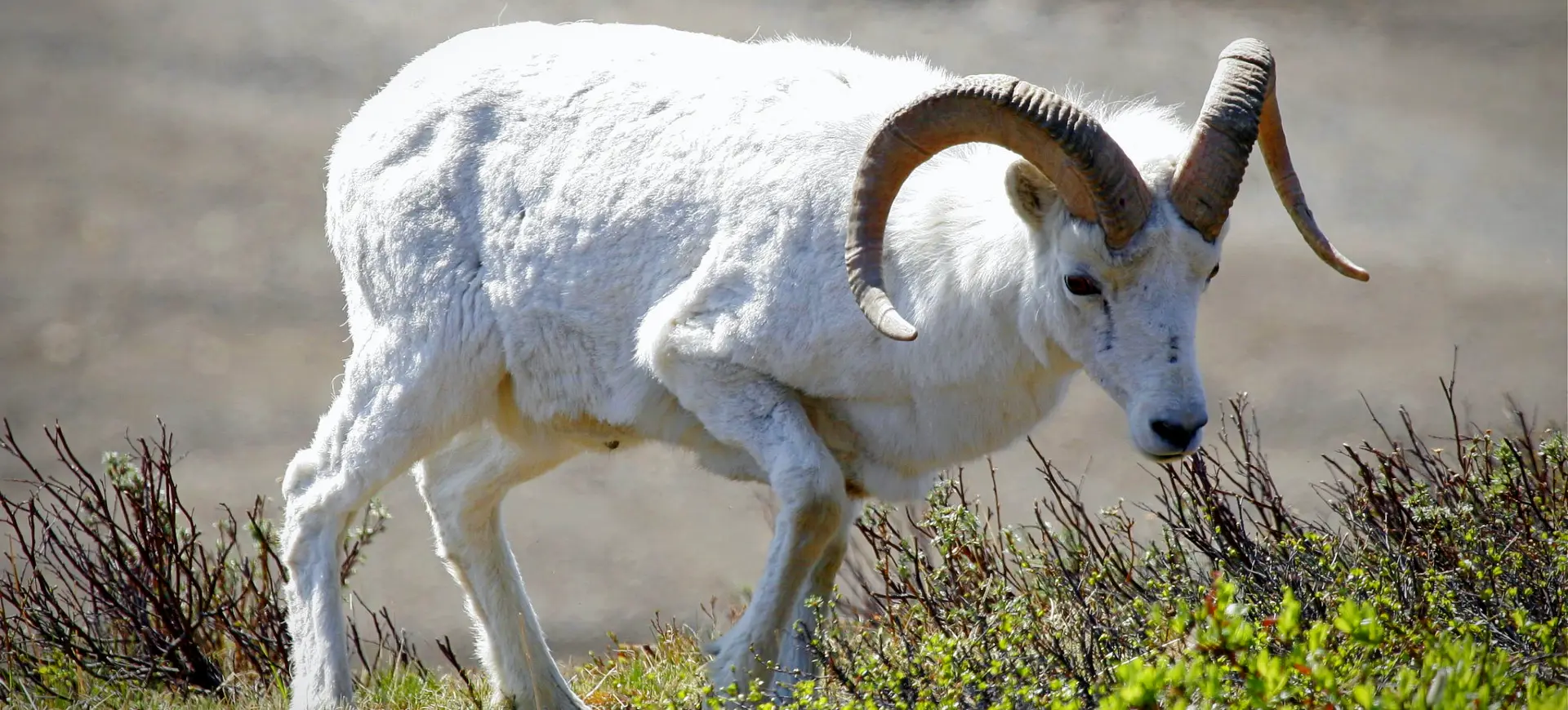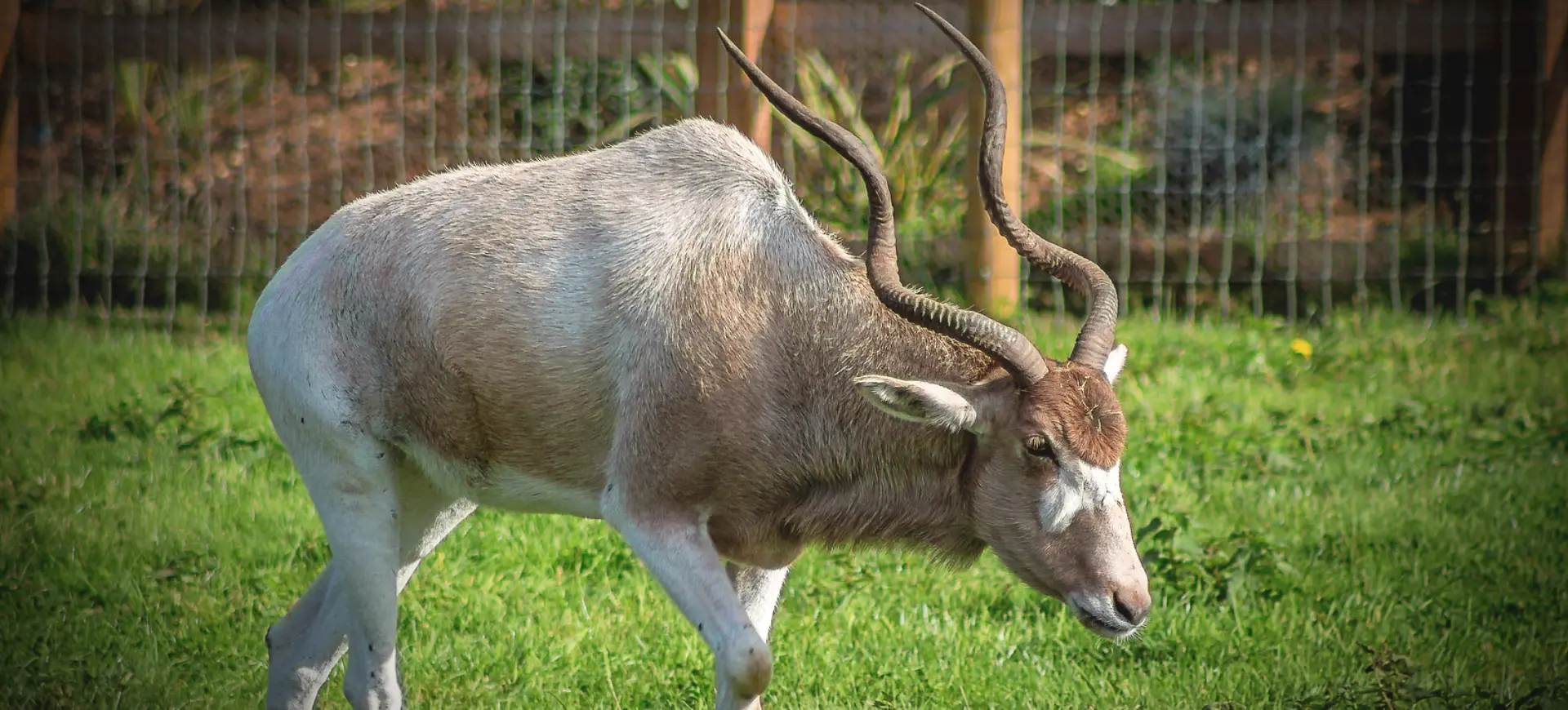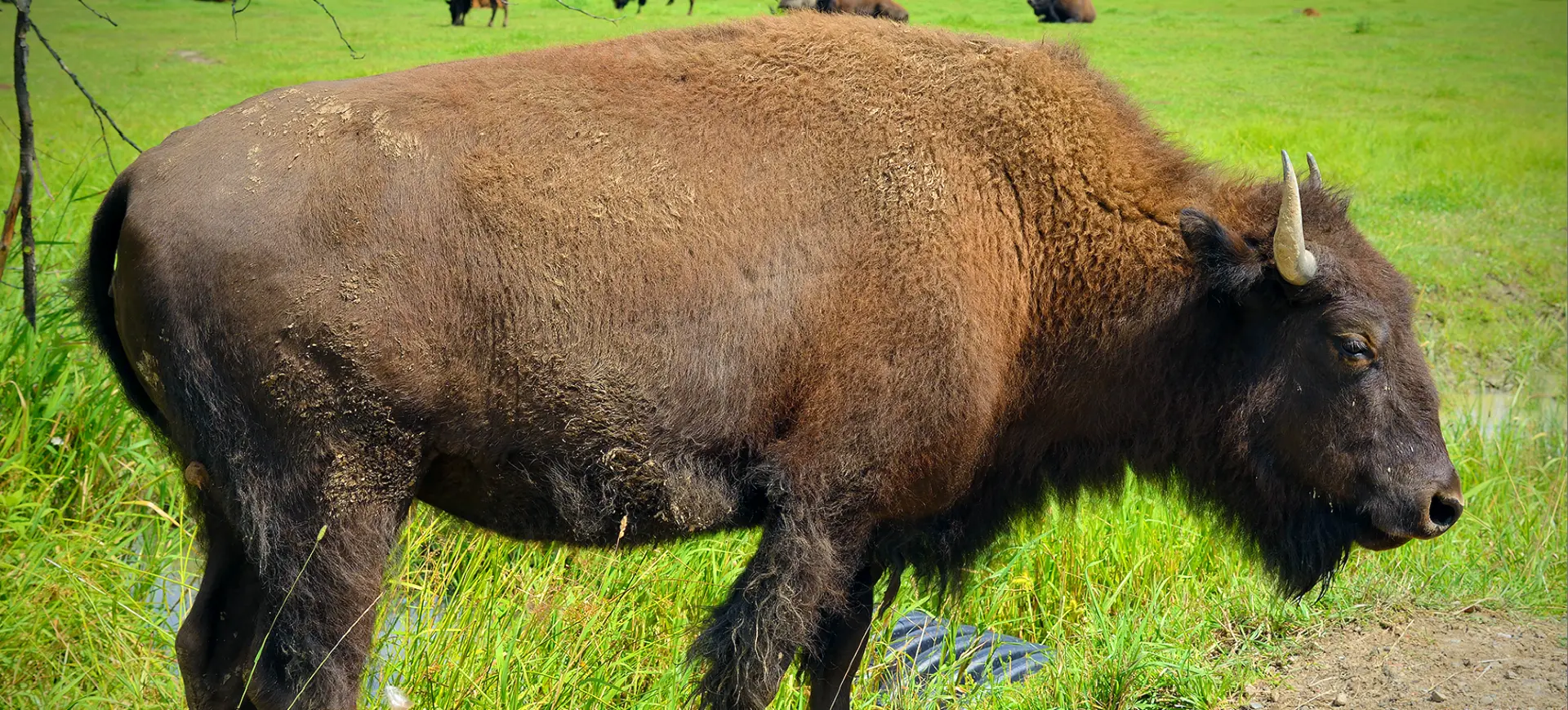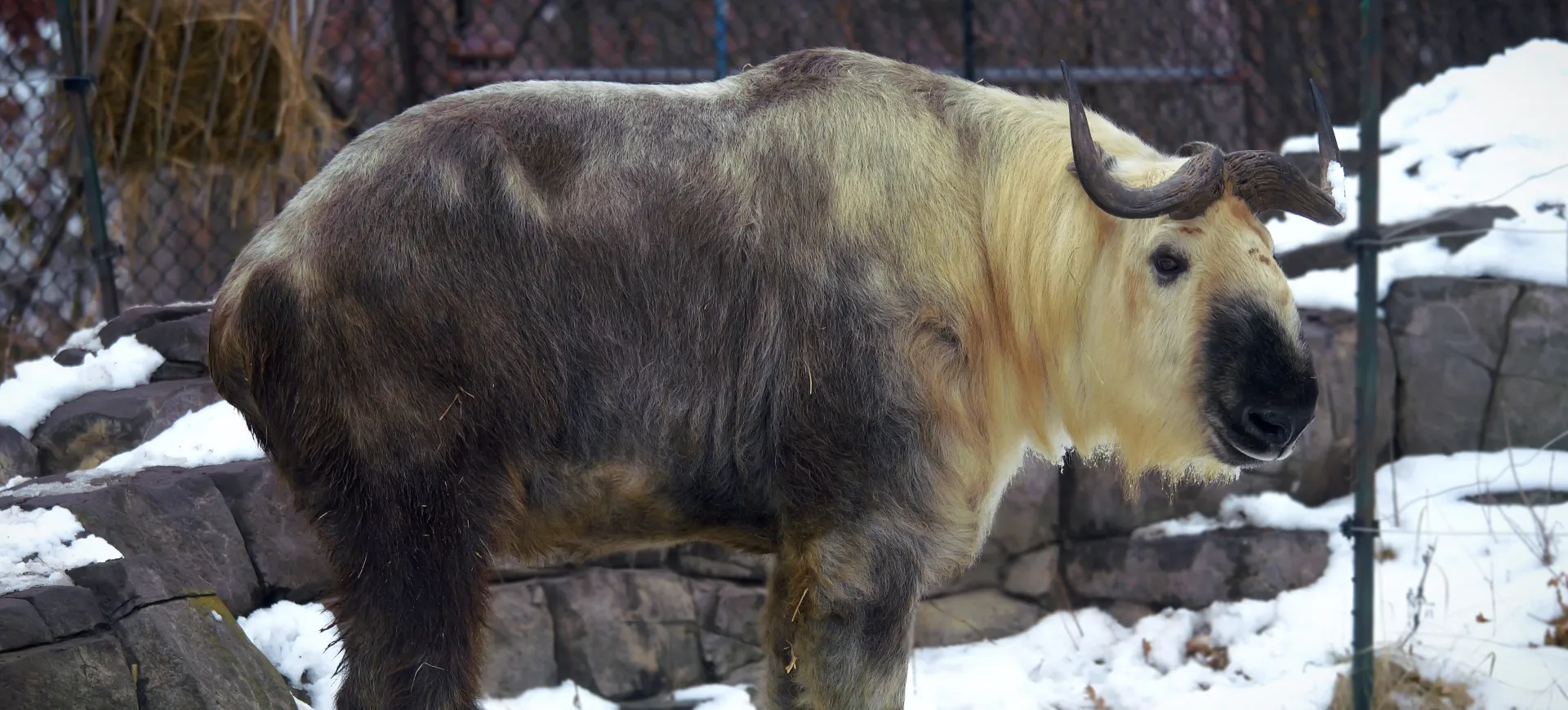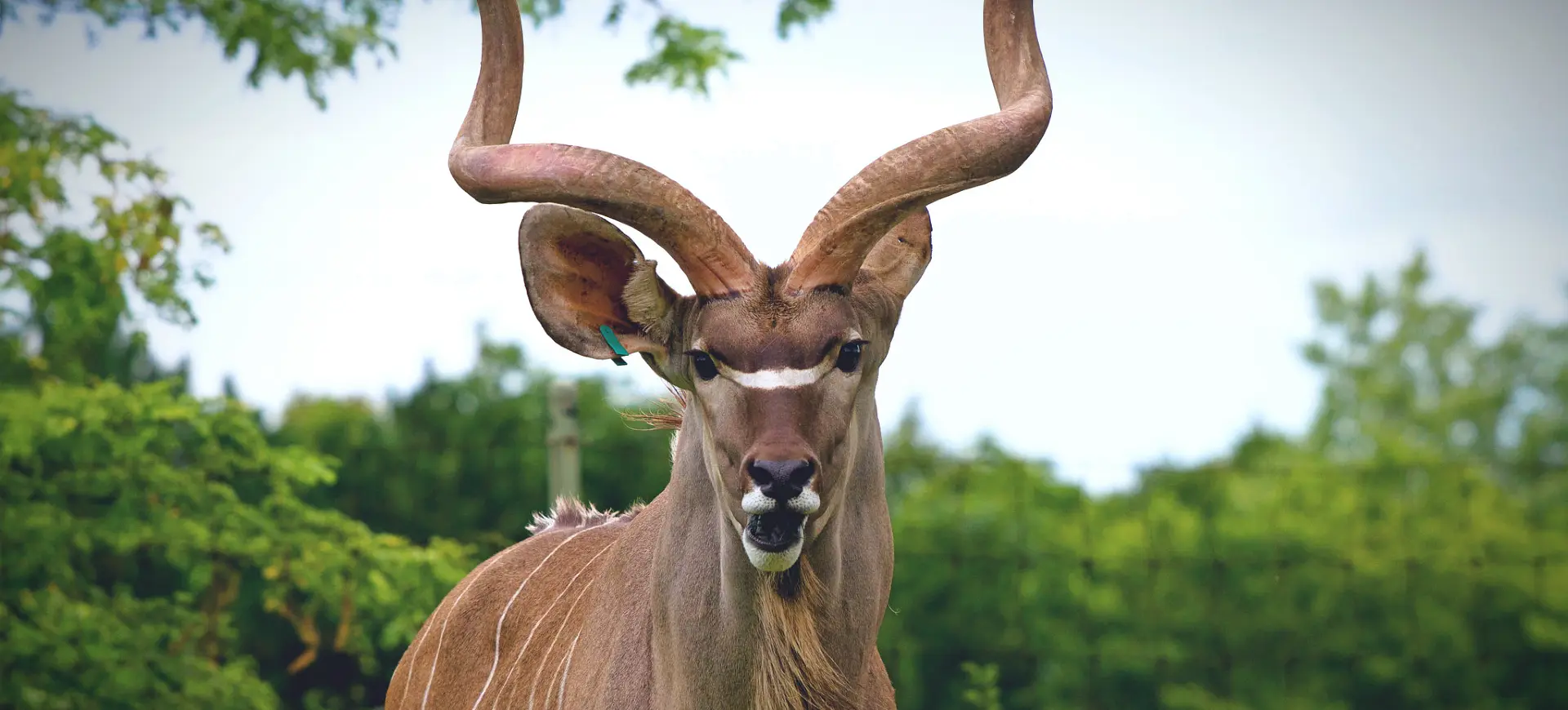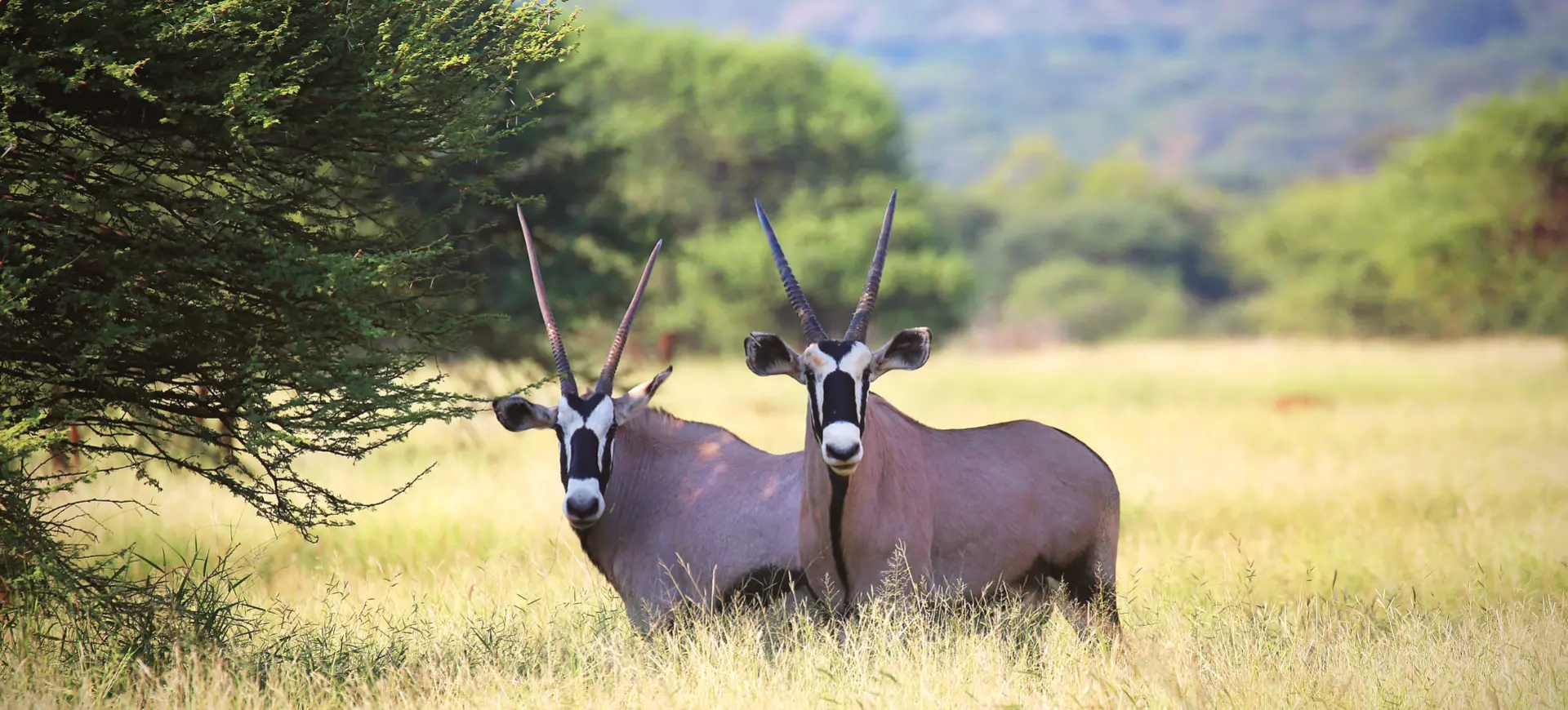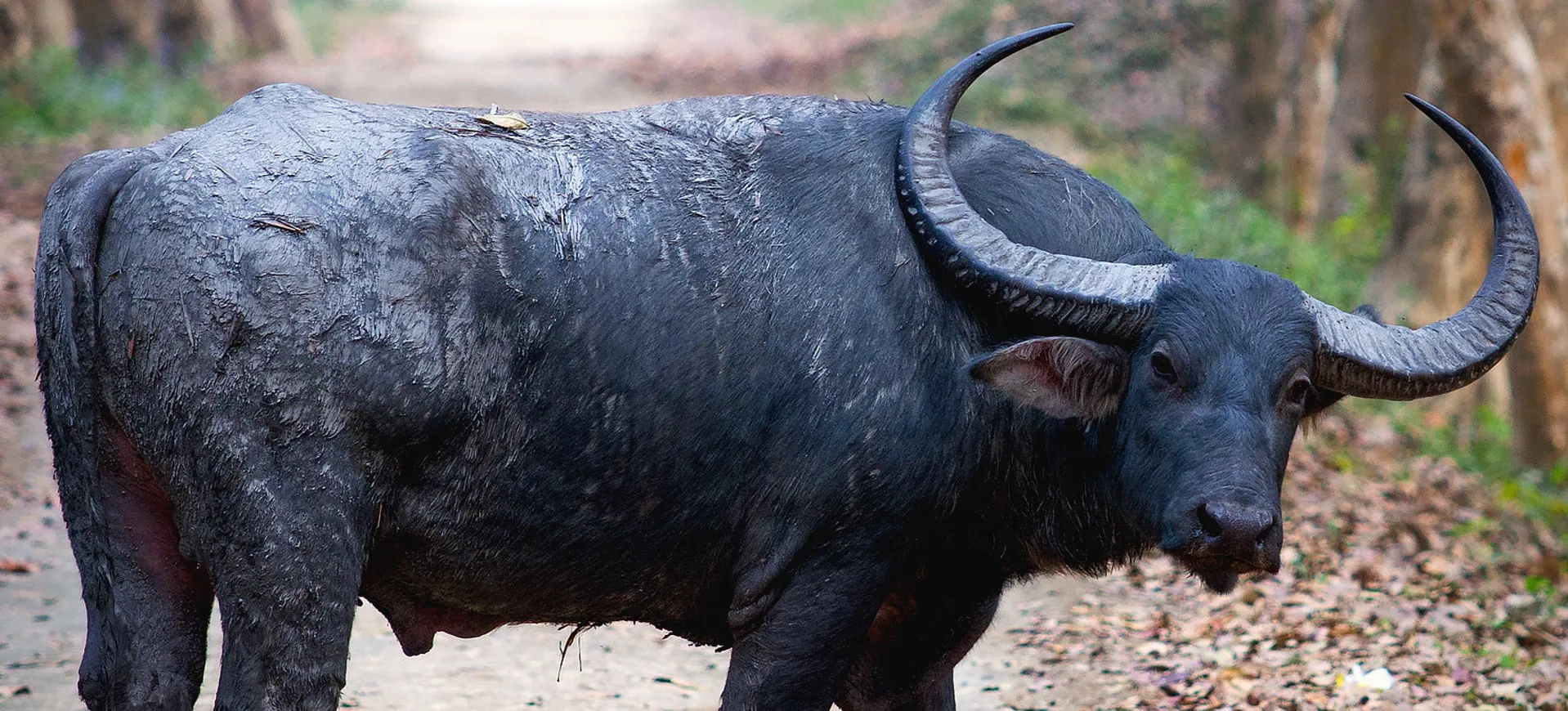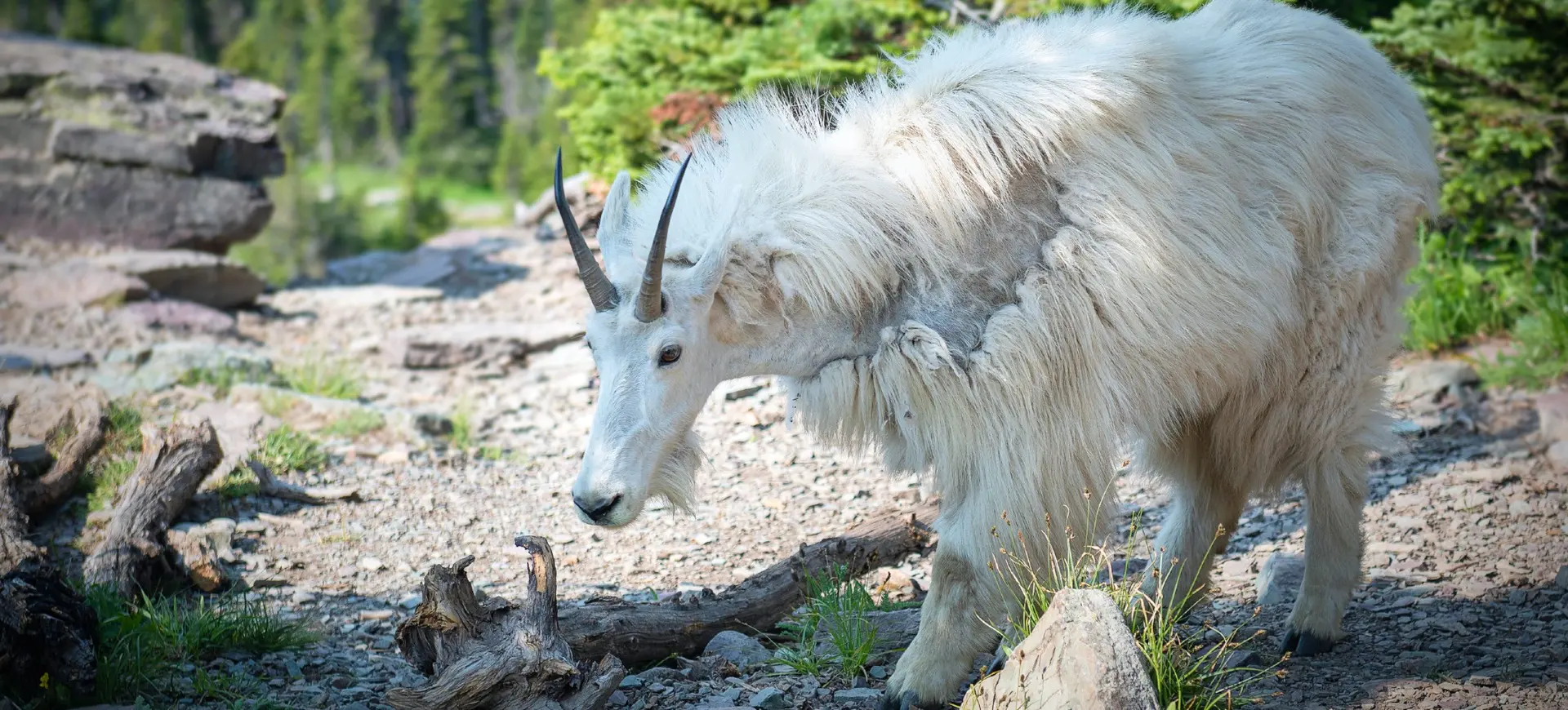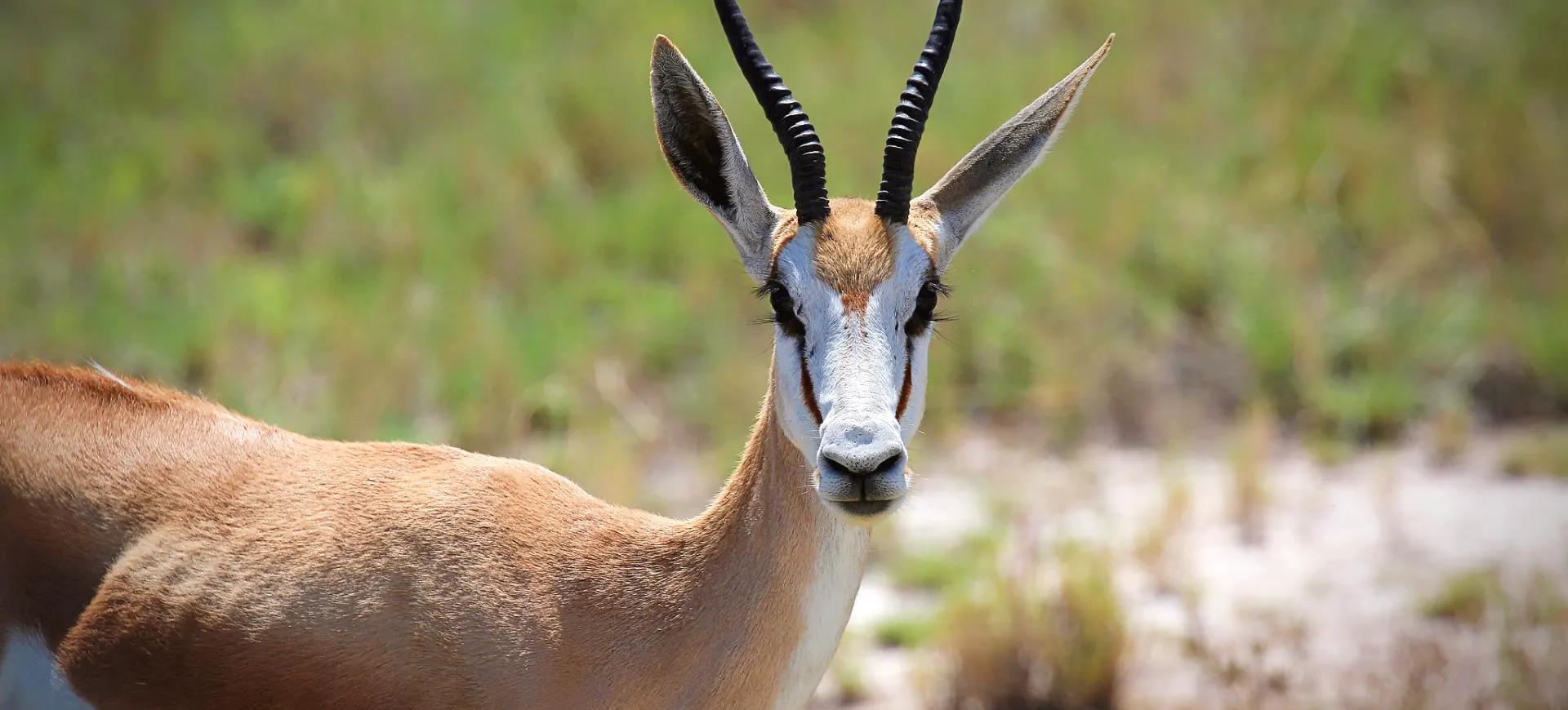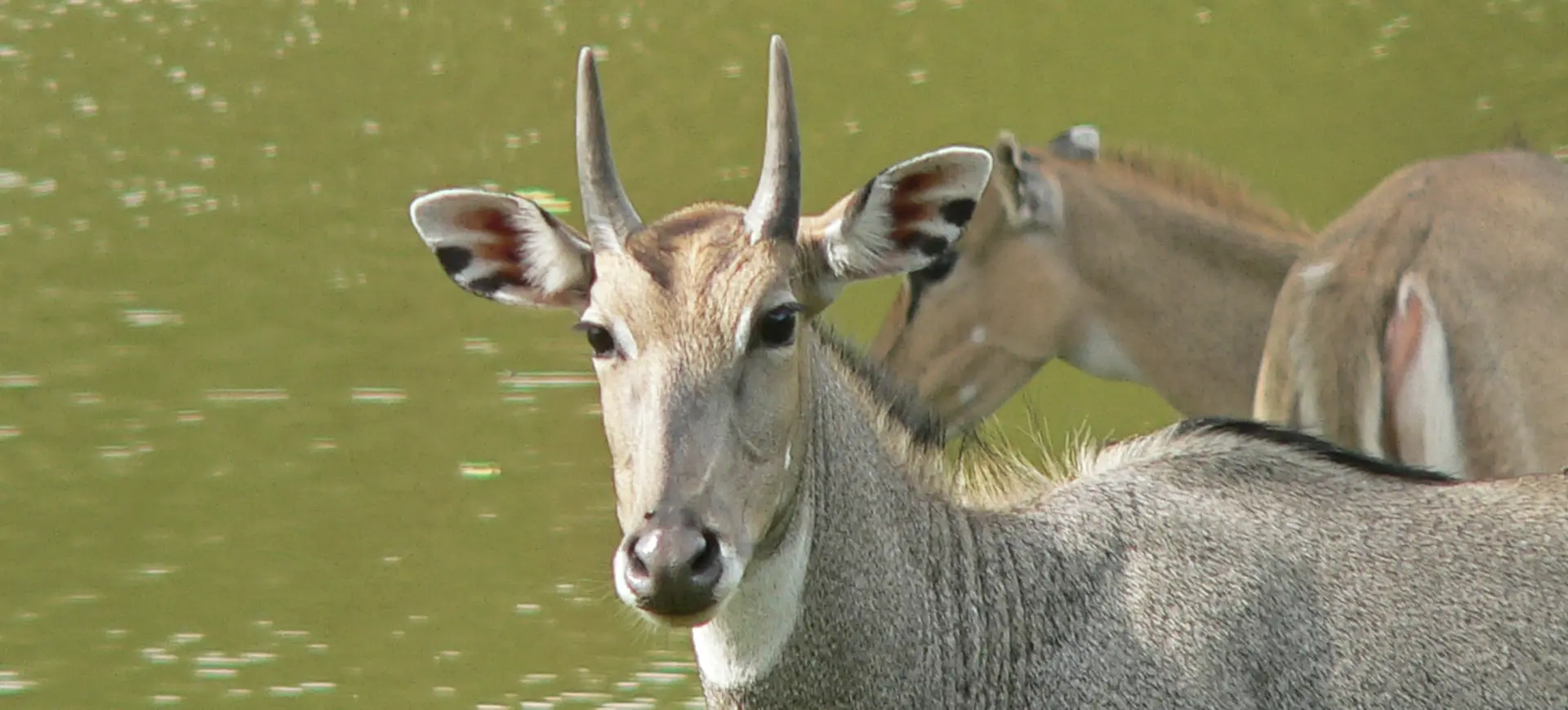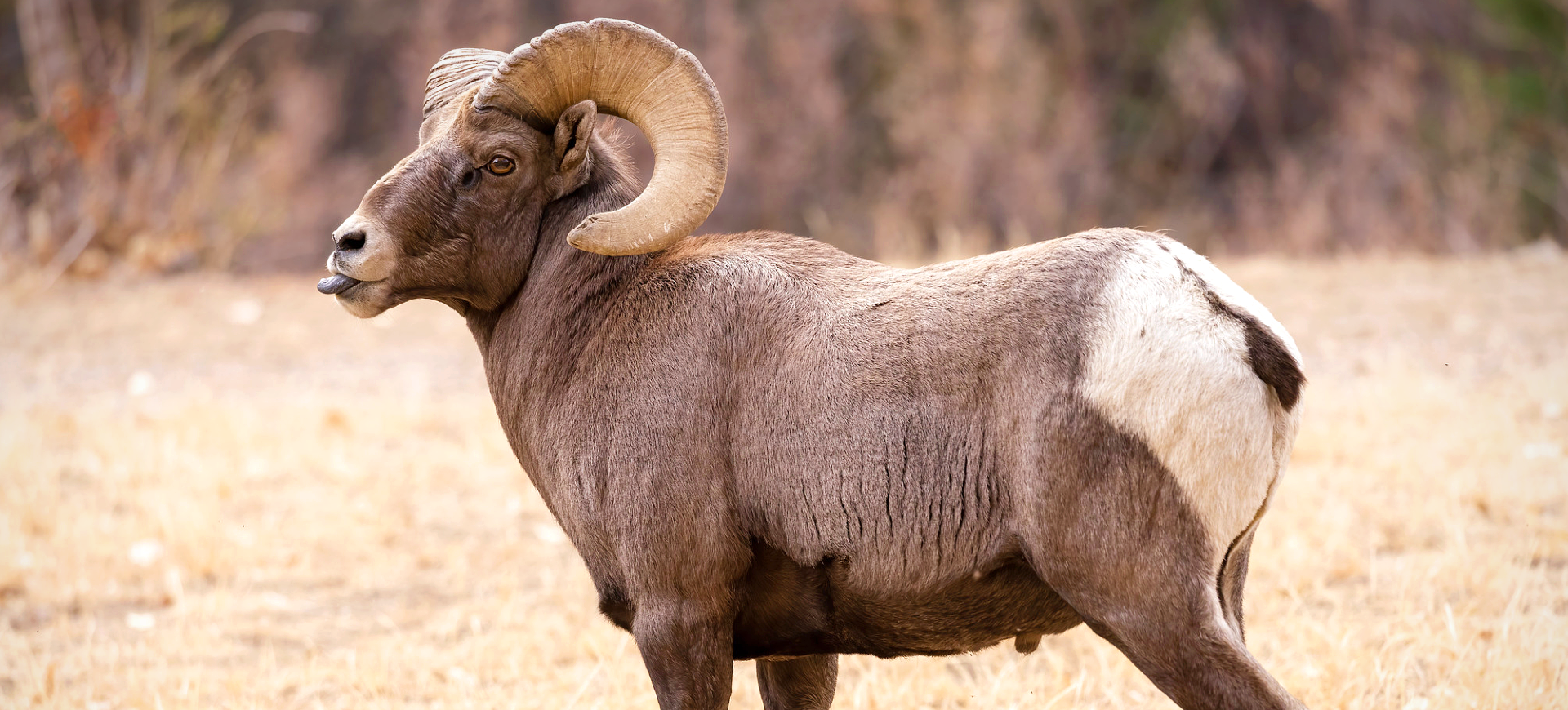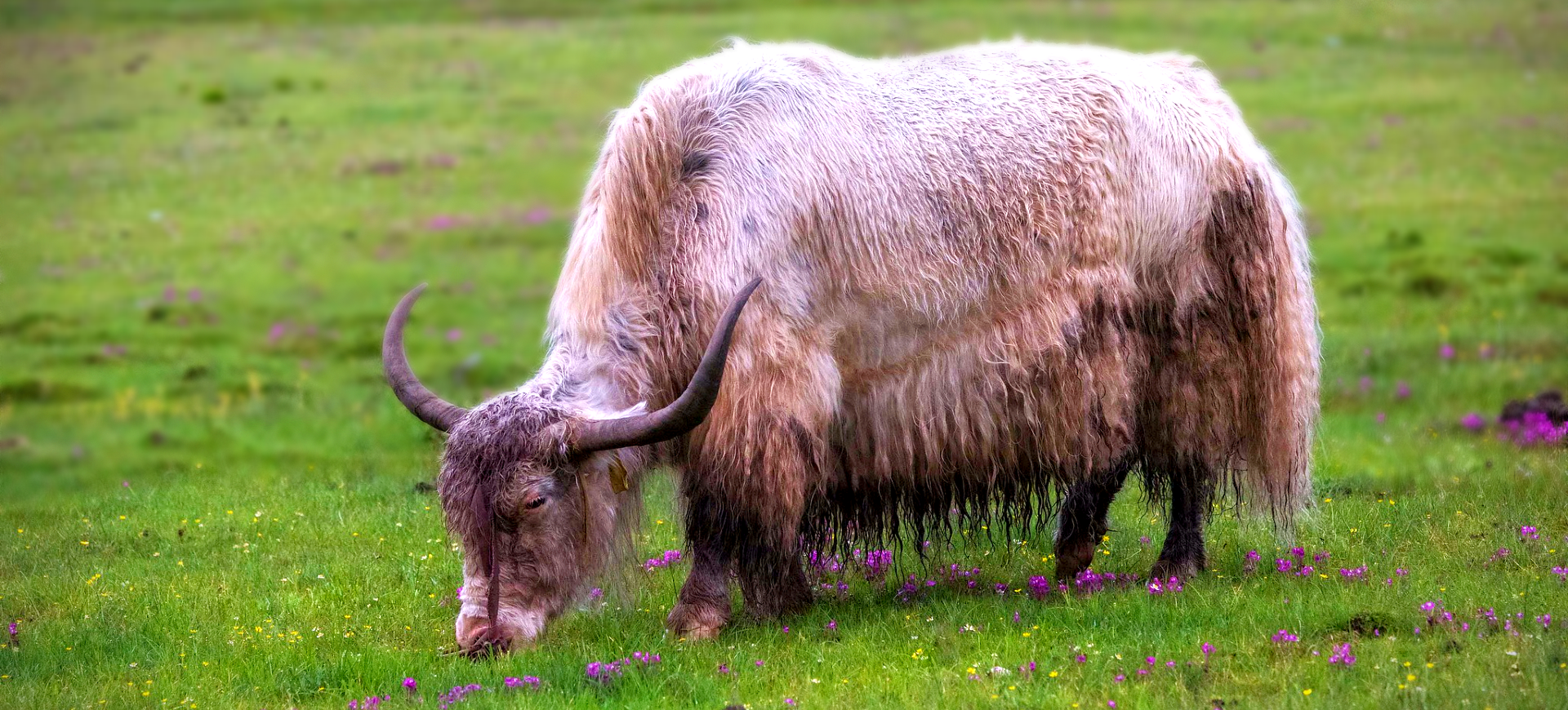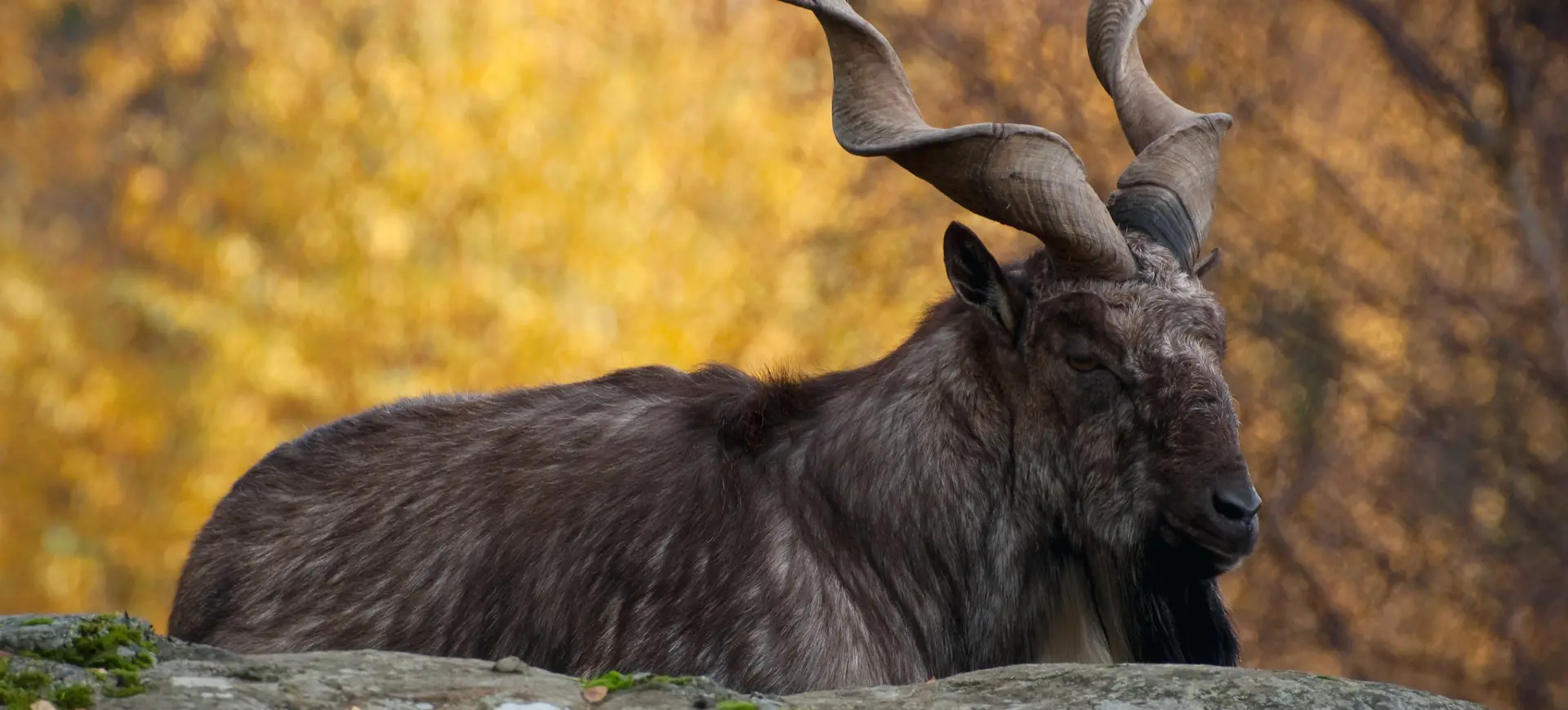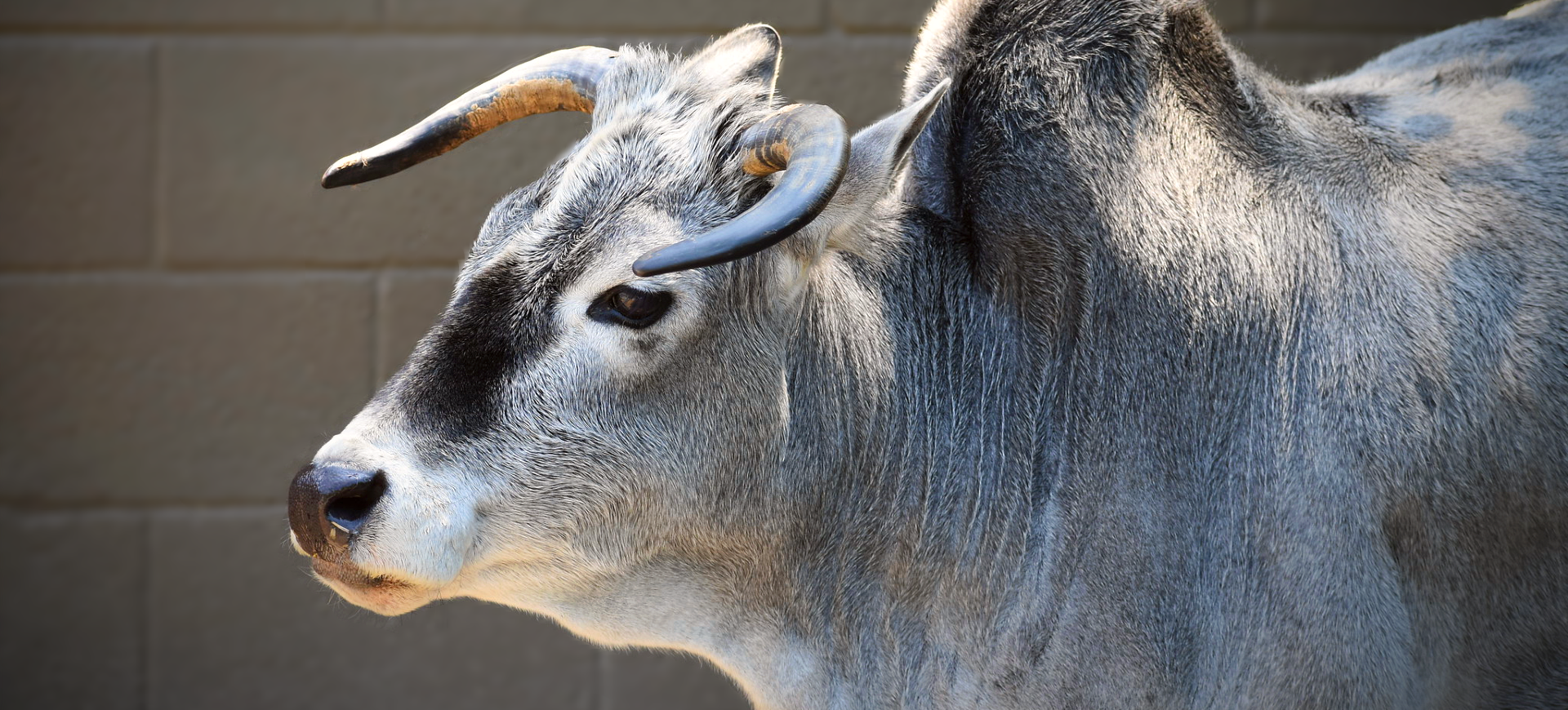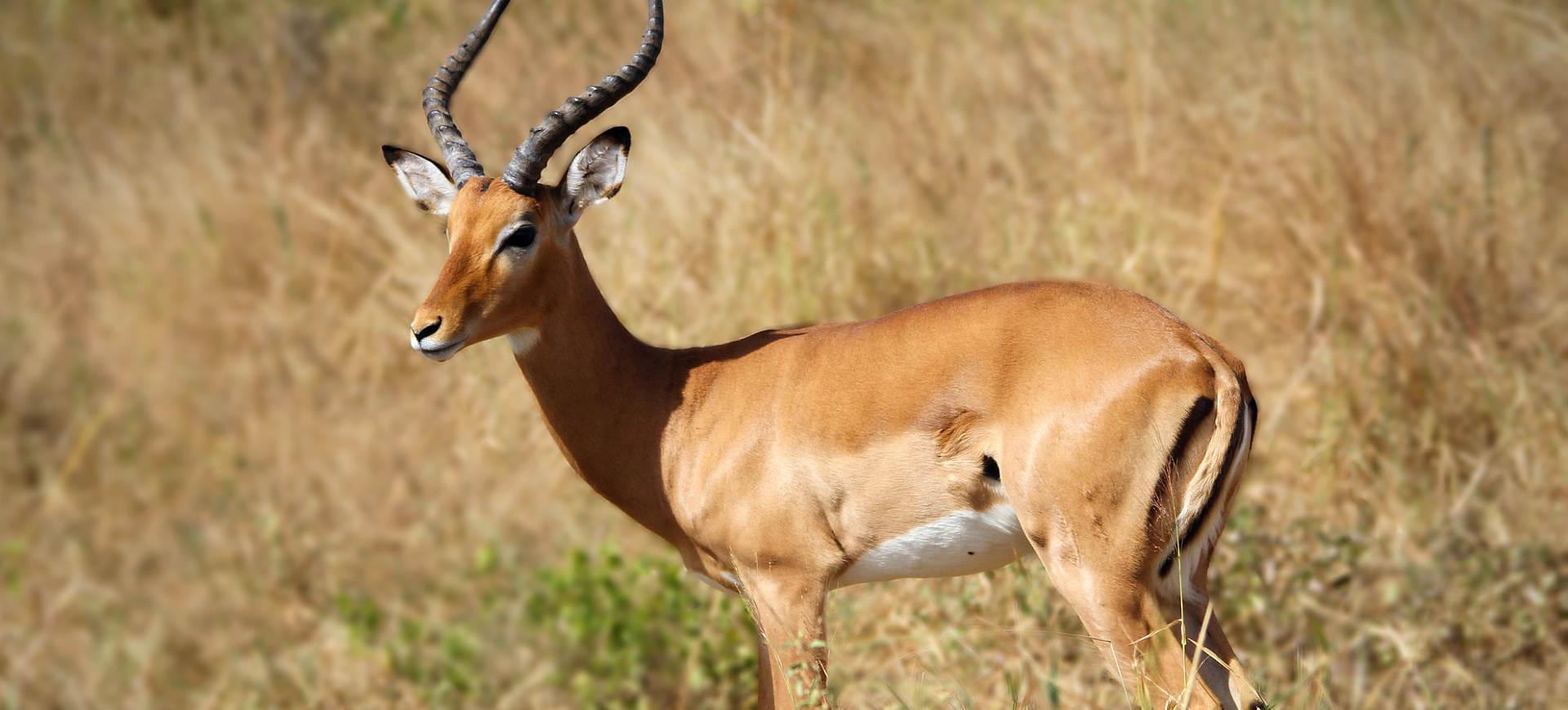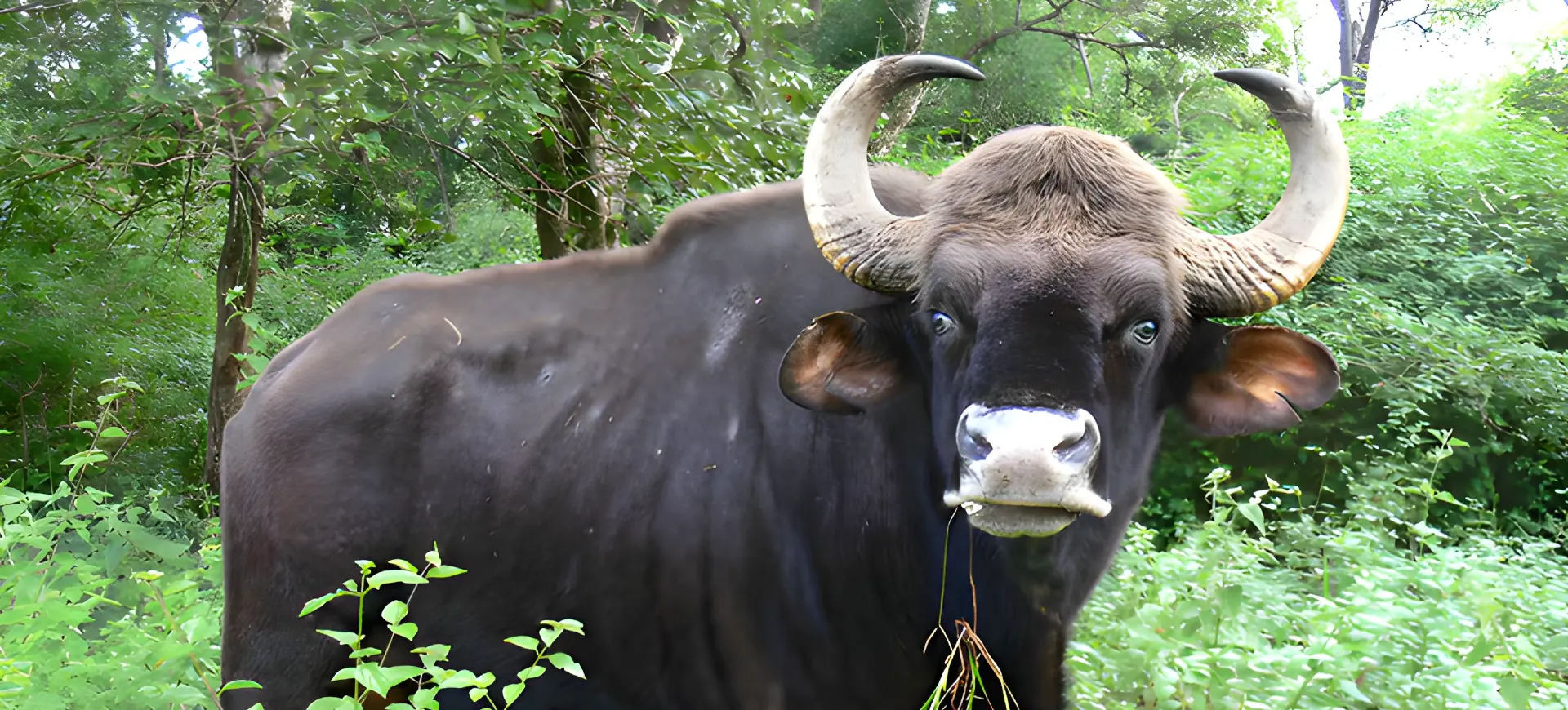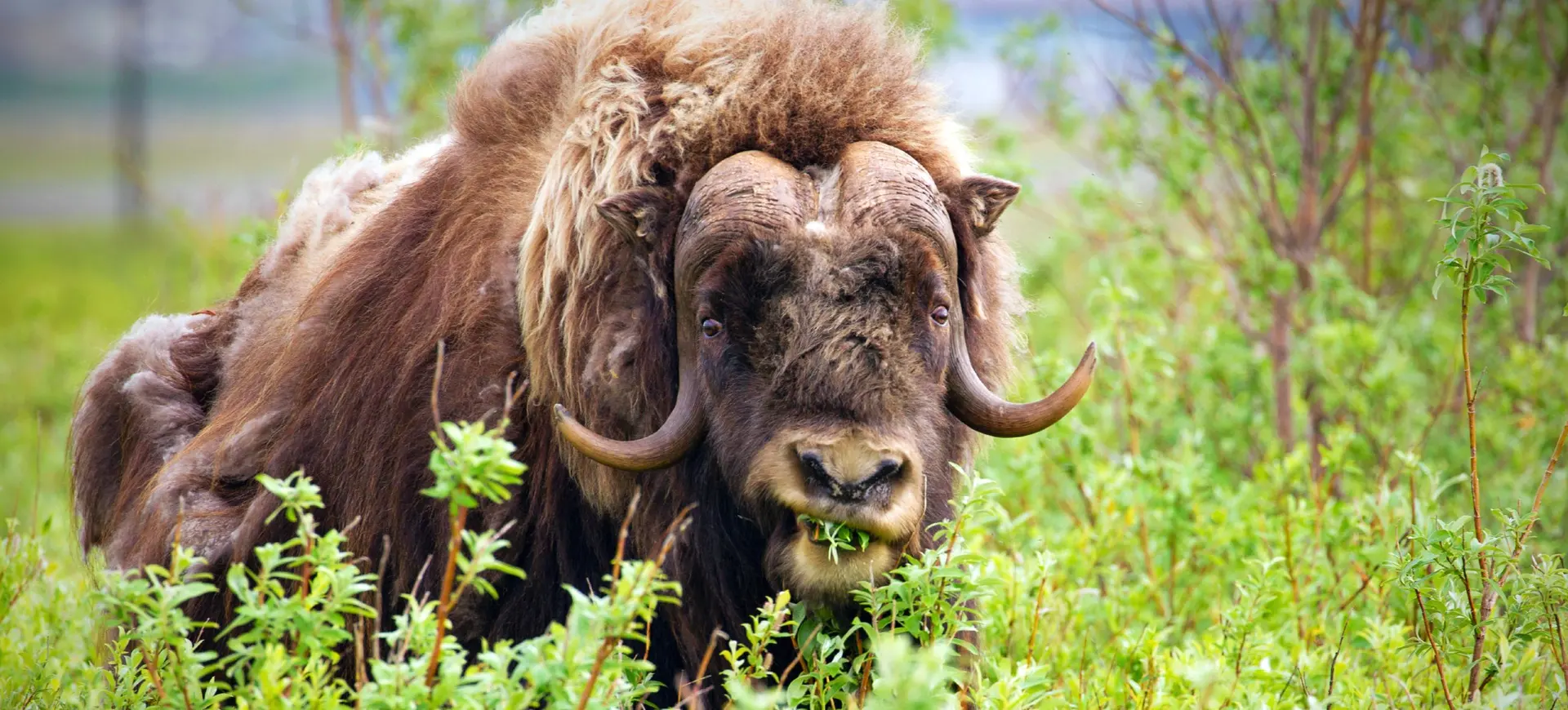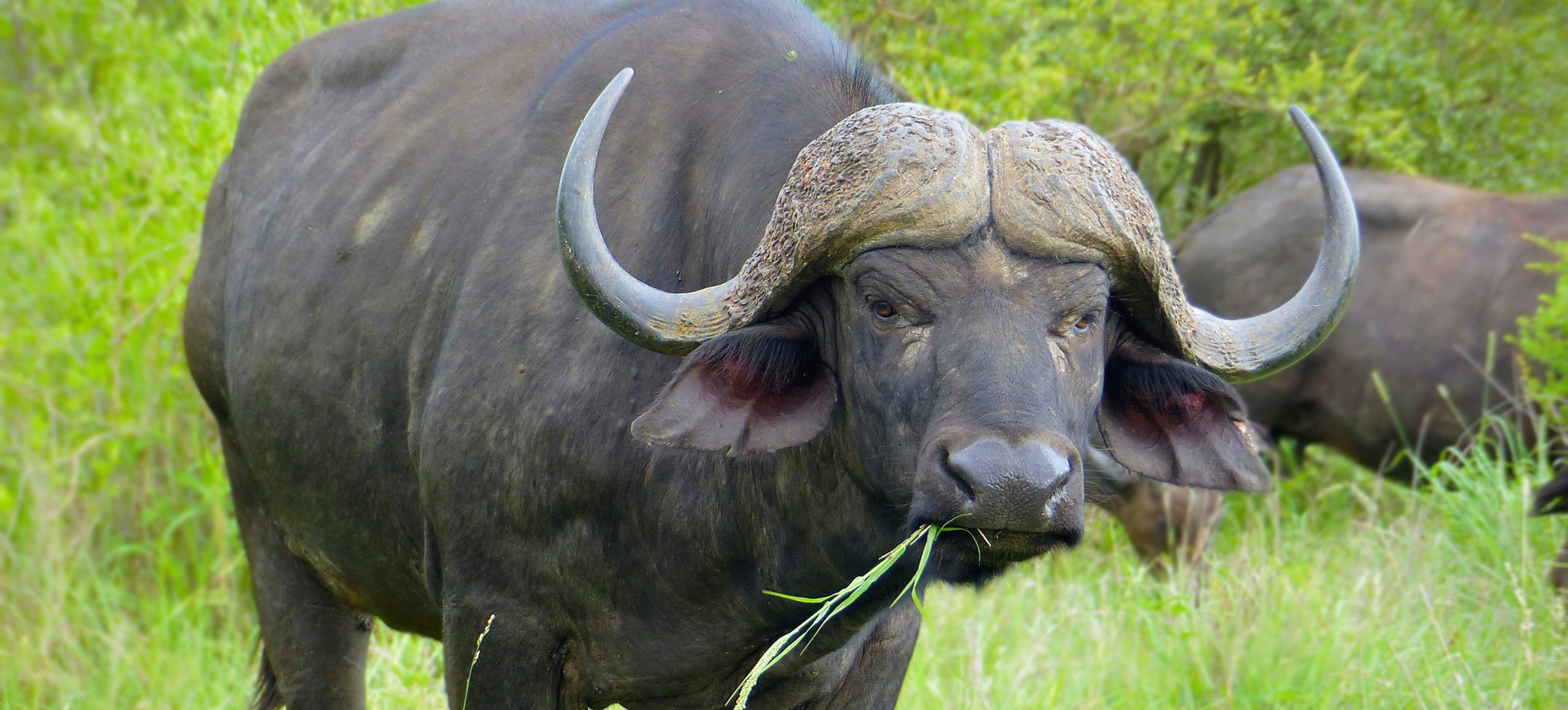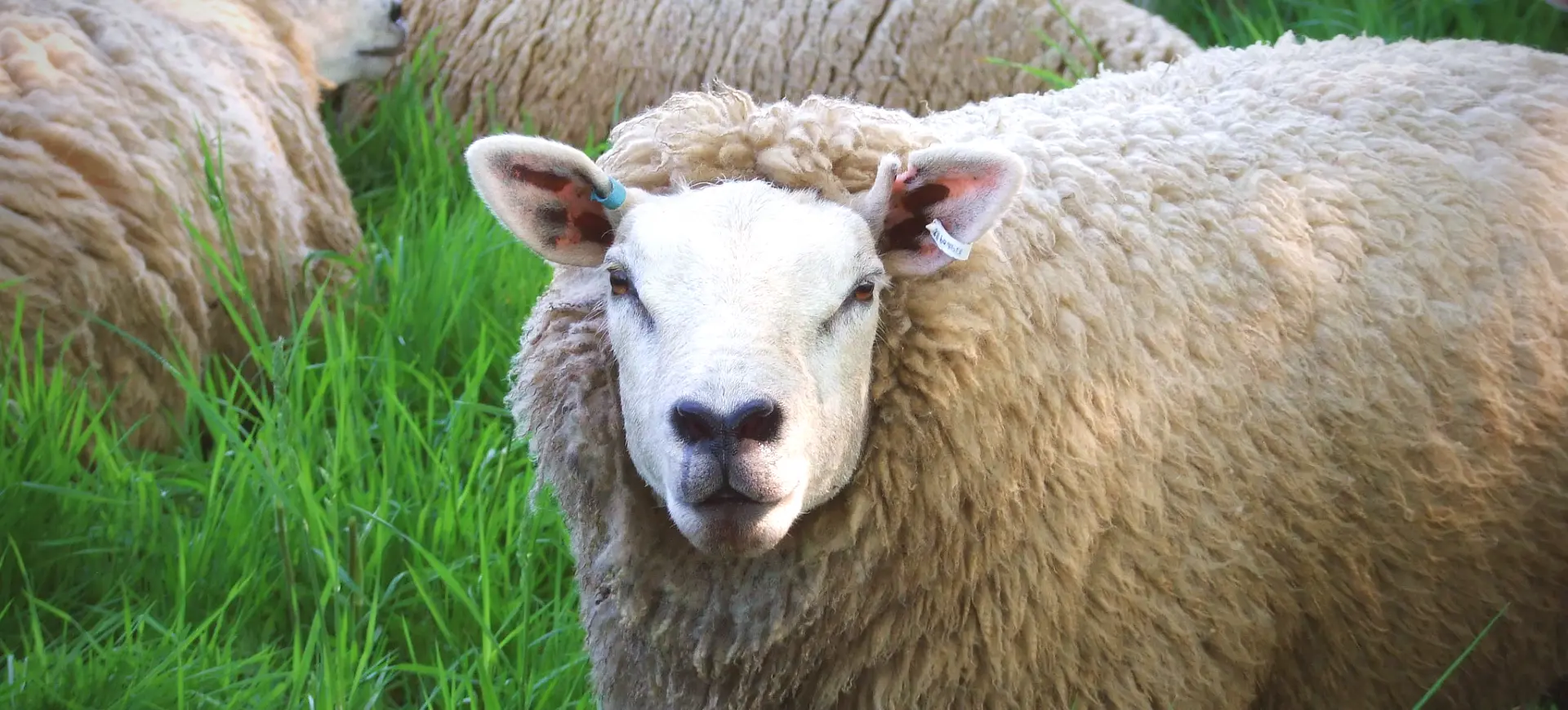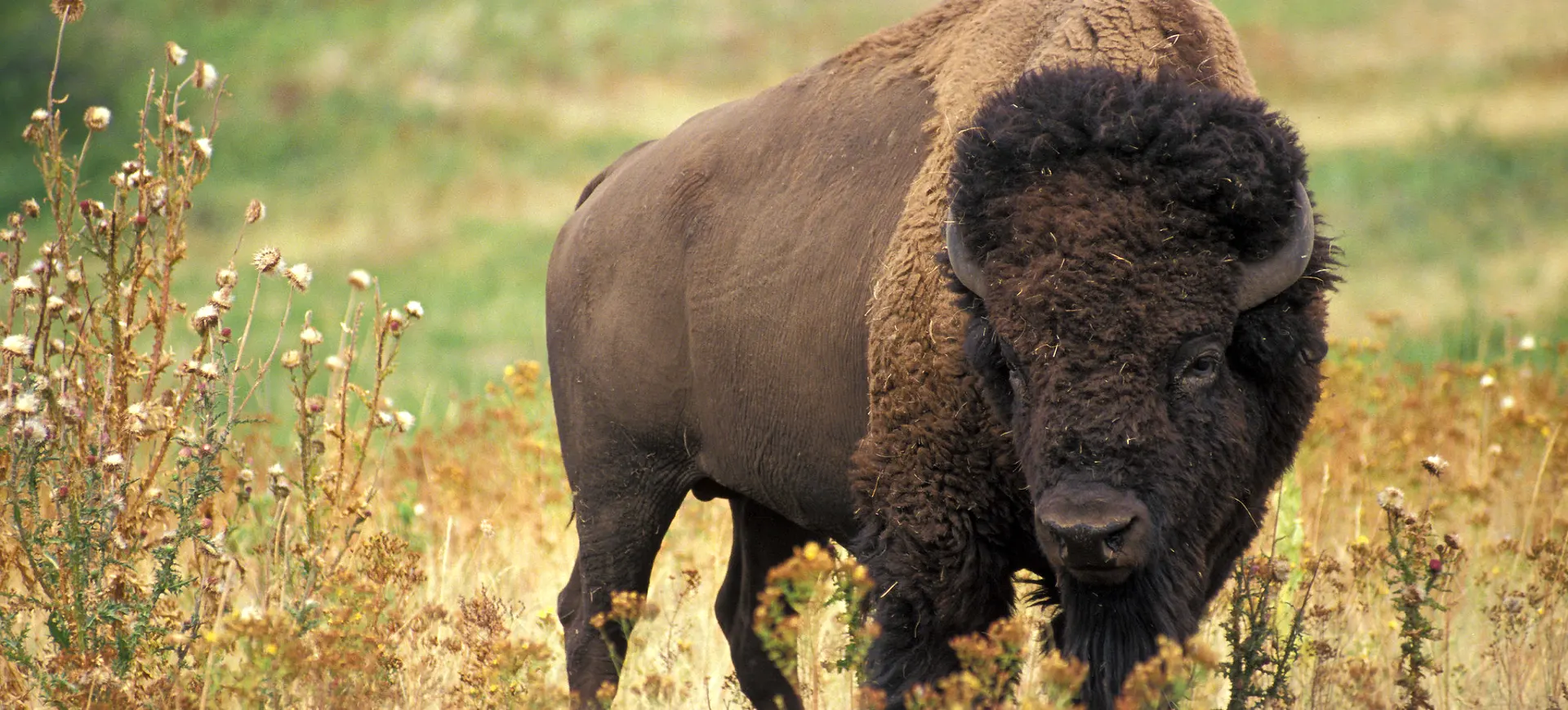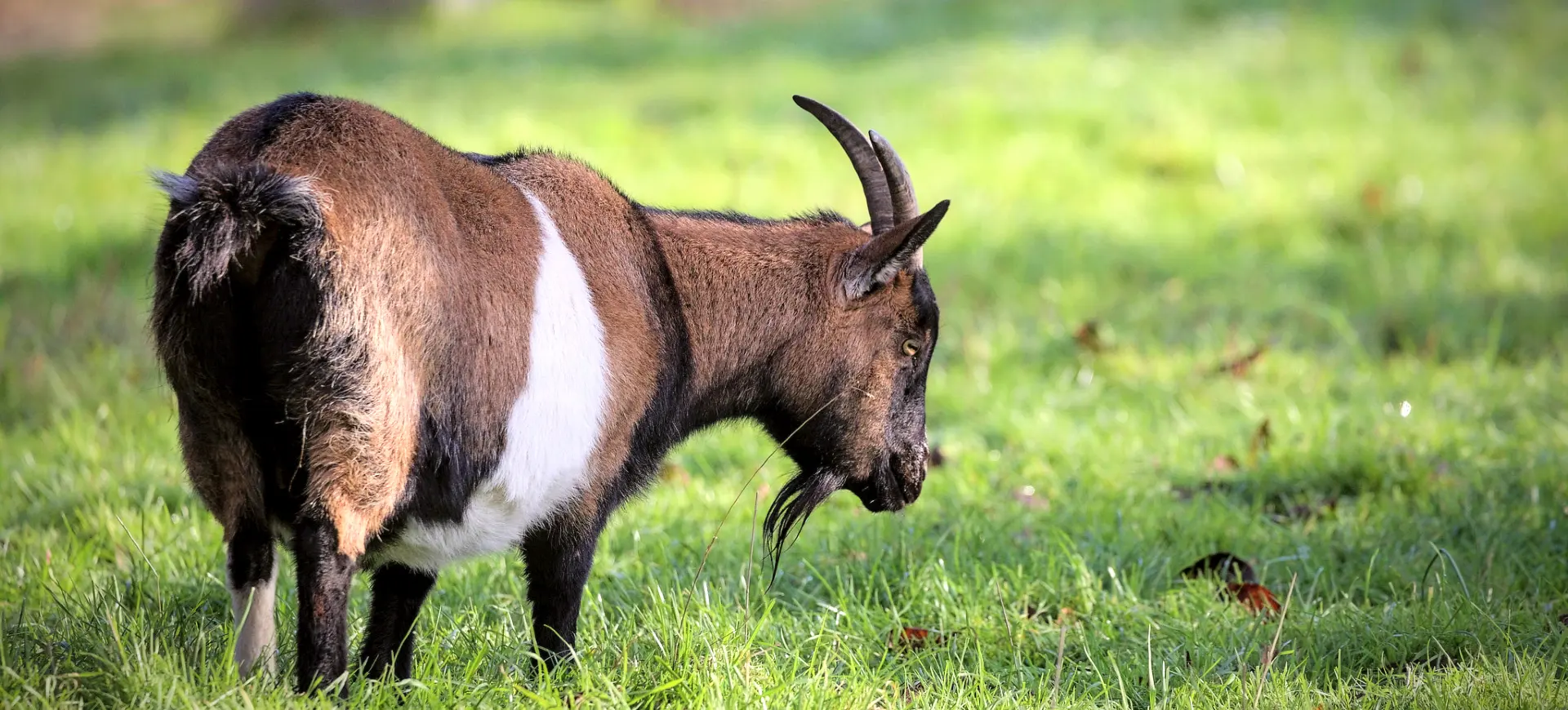Overview
The Southern Gerenuk, scientifically named Litocranius walleri walleri, is a distinctive antelope known for its remarkably long neck and slender legs, earning it the nickname “giraffe gazelle.” This subspecies inhabits the arid and semi-arid regions of East Africa, showcasing unique adaptations that enable it to thrive in such harsh environments. Unlike other antelopes, gerenuks can stand on their hind legs to reach leaves, shoots, and fruits that are out of reach for other herbivores, allowing them to exploit a niche with less competition. Their small heads and elongated necks facilitate browsing in narrow spaces between thorny bushes, minimizing water loss in the hot climates they inhabit by feeding on moisture-rich vegetation.
Gerenuks exhibit a reddish-brown to sandy coat and blend seamlessly into their savanna and scrubland habitats, providing camouflage from predators. They have a white underbelly and a distinctive black-and-white patch around their eyes, which enhances their keen vision, which is crucial for spotting predators from a distance. Gerenuks are solitary or live in small groups, usually consisting of females with their offspring or bachelor male groups. They are territorial, with males marking their territory with secretions from their preorbital glands.
The Southern Gerenuk’s conservation efforts focus on habitat preservation and protection from poaching. Their reliance on specific vegetation types makes them vulnerable to habitat degradation caused by overgrazing, agricultural expansion, and climate change. Despite these challenges, the Southern Gerenuk remains a symbol of resilience and adaptation, captivating those who can observe this elegant antelope in the wild. Their unique behavioral and physical adaptations underscore the incredible diversity of life adapted to Africa’s varied ecosystems.
Taxonomy
Kingdom
Phylum
Class
Order
Family
Species
Sub Species
Type
Physical Description:
The Southern Gerenuk is characterized by its distinctive physique, notably its elongated neck and slender legs, which give it an appearance reminiscent of a miniature giraffe. This adaptation allows the gerenuk to browse on foliage higher than other ground-level herbivores can reach. Their coat is typically a reddish-brown on the back, transitioning to lighter shades on the sides, and a white underbelly, which helps thermoregulation by reflecting the sun’s heat. The males possess lyre-shaped horns, which can grow up to 14 inches long, used in rituals of dominance and defense against predators.
Adult gerenuks weigh between 66 to 110 pounds (30 to 50 kg), standing about 31 to 39 inches (80 to 100 cm) tall at the shoulder. Their body length, from head to rump, measures approximately 59 to 65 inches (150 to 165 cm), with females generally smaller and lighter than males. The large eyes and ears of the gerenuk are vital for detecting predators in their environment, complementing their cryptic coloration and stealthy movement. The slender build of the gerenuk not only aids in feeding but also quick escape from predators, showcasing a remarkable balance between form and function.

Lifespan: Wild: ~8 years || Captivity: ~13 years

Weight: Male: 88-110 lbs (40-50 kg) || Female: 66-99 lbs (30-45 kg)

Length: Male: 59-65 inches (150-165 cm) || Female: 57-63 inches (145-160 cm)

Height: Male: 35-39 inches (89-99 cm) || Female: 31-35 inches (79-89 cm)

Top Speed: 35 mph (56 km/h)
Characteristic:
Native Habitat:
The Southern Gerenuk inhabits the arid and semi-arid regions of East Africa, including parts of Kenya, Tanzania, and Somalia. Their preferred habitats are open savannas, scrublands, and light woodlands, where they find the sparse vegetation that constitutes their diet. A hot, dry climate, sparse rainfall and few permanent water sources characterize these areas. Gerenuks are well adapted to these conditions, with physical and behavioral traits allowing them to maximize available resources while minimizing water loss.
Human activities, including agricultural expansion, livestock grazing, and settlement growth, increasingly threaten the habitat of the Southern Gerenuk. These pressures lead to habitat degradation and fragmentation, which pose significant challenges to gerenuk populations. Conservation efforts in their native habitat focus on sustainable land use practices and the establishment of protected areas to ensure the survival of this unique antelope and the biodiversity of the ecosystems they inhabit.
Biomes:
Biogeographical Realms:
Continents:
Diet:
Diet & Feeding Habits:
The Southern Gerenuk is a browser with a diet consisting predominantly of leaves, shoots, flowers, and fruits from various bushes and trees. This dietary strategy allows them to survive in arid environments with scarce grass and intermittent water sources. Their ability to stand on their hind legs and stretch their necks enables them to reach vegetation up to 6 feet off the ground, accessing food sources unavailable to other herbivores. Gerenuks have a highly selective feeding behavior, choosing parts of plants rich in moisture and nutrients, which helps them minimize dependence on free-standing water.
Gerenuks utilize their sharp, pointed lips to pick leaves from thorny bushes without injury, demonstrating a remarkable adaptation to their habitat’s challenges. They are known to consume the leaves and fruits of Acacia and Commiphora species, which are prevalent in their range. This selective feeding allows gerenuks to thrive in less competitive niches and also plays a role in the seed dispersal of the plants they feed on. Despite the harsh conditions of their environment, gerenuks rarely drink water, obtaining most of their moisture needs from the food they consume, an adaptation that serves them well in the dry seasons.
Mating Behavior:
Mating Description:
Southern Gerenuks exhibit a polygynous mating system, where dominant males mate with multiple females. Males establish territories, which they defend aggressively against rivals, using their horns in combat when necessary. The presence of a territory and the male’s ability to defend it are crucial factors in attracting females for mating. Females, for their part, are selective, choosing males based on territory quality and the male’s physical condition, which are indicators of genetic fitness.
The breeding season of the Southern Gerenuk is not strictly defined, with mating opportunities influenced by environmental conditions and the availability of food resources. After a gestation period of about seven months, a single calf is born, well-hidden by the mother in dense vegetation to protect it from predators. The calf is precocial, able to stand and move shortly after birth, but remains hidden for weeks, receiving visits from the mother for nursing. This strategy reduces the calf’s visibility to predators during its most vulnerable early life stage.
Reproduction Season:
Birth Type:
Pregnancy Duration:
Female Name:
Male Name:
Baby Name:
Social Structure Description:
The Southern Gerenuk prefers solitude or forms small, cohesive groups often made up of females and their young or assemblies of bachelor males. Their social dynamics are characterized by a fluidity that allows for the occasional merging and separation of individuals based on environmental factors and survival needs. Male gerenuks, in particular, lead solitary lives, investing their efforts in defending their territories against competitors and attracting potential mates. This distinct social organization is advantageous, enabling the gerenuk to efficiently forage for food and seek out partners while simultaneously reducing vulnerability to predators.
Understanding the gerenuk’s unique social structure is essential to developing and implementing effective conservation strategies, as it directly affects their spatial and ecological requirements. Males’ solitary nature and territorial behavior dictate the need for conservation plans to accommodate these specific lifestyle patterns. Additionally, forming small groups among females and their offspring highlights the importance of protecting areas supporting the gerenuk’s complex social interactions and foraging habits. Recognizing and preserving the intricacies of gerenuk social behavior is vital in crafting measures that ensure their survival and well-being in the wild.
Groups:
Conservation Status:
Population Trend:
The population of the Southern Gerenuk is on a downward trend, chiefly impacted by the loss and fragmentation of their habitats, alongside the perils of hunting. Their unique dietary preferences and specific habitat needs render them especially susceptible to the adverse effects of environmental alterations and human intrusion. In the face of these challenges, conservation initiatives are being deployed with a focus on habitat conservation and management, the implementation of stringent hunting laws, and the promotion of the gerenuk’s ecological significance. Such measures are critical in reversing the decline of this distinctive species.
To accurately gauge the health and numbers of the Southern Gerenuk population, ongoing monitoring and research activities are indispensable. These efforts provide valuable insights into population dynamics and the success of existing conservation measures, thereby shaping the direction of future interventions aimed at safeguarding the gerenuk. By understanding the factors contributing to their decline, conservationists can tailor strategies more effectively to protect and preserve the Southern Gerenuk. Ensuring the survival of the gerenuk benefits the species and the biodiversity of the ecosystems they inhabit.
Population Threats:
The Southern Gerenuk faces significant threats, primarily from habitat loss driven by agricultural expansion, deforestation, and livestock overgrazing. These detrimental activities compromise the gerenuk’s food sources and fragment their natural habitats, isolating populations and hampering their ability to find mates. Additionally, the illegal hunting of gerenuks for meat and trophies presents a direct challenge to their continued survival, further endangering this unique species. Such pressures underscore the urgent need for effective conservation measures to protect and sustain the Southern Gerenuk population.
Furthermore, the adverse effects of climate change, particularly the alteration of rainfall patterns, pose additional risks to the Southern Gerenuk by impacting the availability and diversity of their food sources. Environmental changes directly affect the gerenuk’s ability to adapt and thrive in arid and semi-arid habitats. The combined impact of human-induced habitat degradation and climate change necessitates a comprehensive approach to conservation, focusing on habitat protection, enforcing hunting regulations, and mitigating climate change effects. Addressing these threats is crucial for ensuring the Southern Gerenuk’s long-term survival and preserving the ecosystems they inhabit.
Conservation Efforts:
Conservation initiatives for the Southern Gerenuk prioritize the safeguarding and sustainable management of their habitats alongside rigorous anti-poaching measures and comprehensive research to underpin conservation strategies. Establishing and maintaining protected areas are pivotal in preserving the natural environments of the Gerenuk. Yet, there is also a pressing need for the sustainable management of territories beyond these protected zones. Engaging local communities through conservation programs is crucial, as these initiatives encourage adopting sustainable land use practices that benefit both the Gerenuk and the local populace. Such community involvement fosters a sense of stewardship and ensures the long-term success of conservation efforts.
Moreover, international collaboration and support play a vital role in the conservation of the Southern Gerenuk, underscoring the importance of a unified global effort to protect this distinctive species and its natural habitat. By pooling resources and expertise, conservationists can implement more effective strategies that address the Gerenuk’s multifaceted threats, from habitat loss to climate change. This cooperative approach enhances the capacity for research, monitoring, and enforcement of conservation measures, thereby improving Southern Gerenuk’s survival prospects. Ultimately, the concerted efforts of local communities, conservationists, and international partners are essential to ensuring the future of the Southern Gerenuk in its native East African landscapes.
Additional Resources:
Fun Facts
- The Southern Gerenuk can stand on its hind legs to reach food, a unique behavior among antelopes.
- They do not need to drink water, getting all their moisture from the plants they eat.
- Gerenuks have a unique way of running, with their necks stretched forward and their heads held high.
- Their name “gerenuk” comes from the Somali word “garanuug,” which means “giraffe-necked.”
- Males’ horns are used not only for defense against predators but also in battles with other males over territory and mates.
- Gerenuks can live up to 13 years in captivity, though their lifespan in the wild is generally shorter.
- They are vigilant and can detect predators from a considerable distance, thanks to their large eyes and ears.
- Gerenuks give birth to a single calf hidden in vegetation to protect it from predators.
- Despite their slender build, gerenuks are quite strong and capable of defending themselves against smaller predators.
- Conservation efforts for gerenuks include habitat preservation, anti-poaching measures, and community-based conservation programs.



